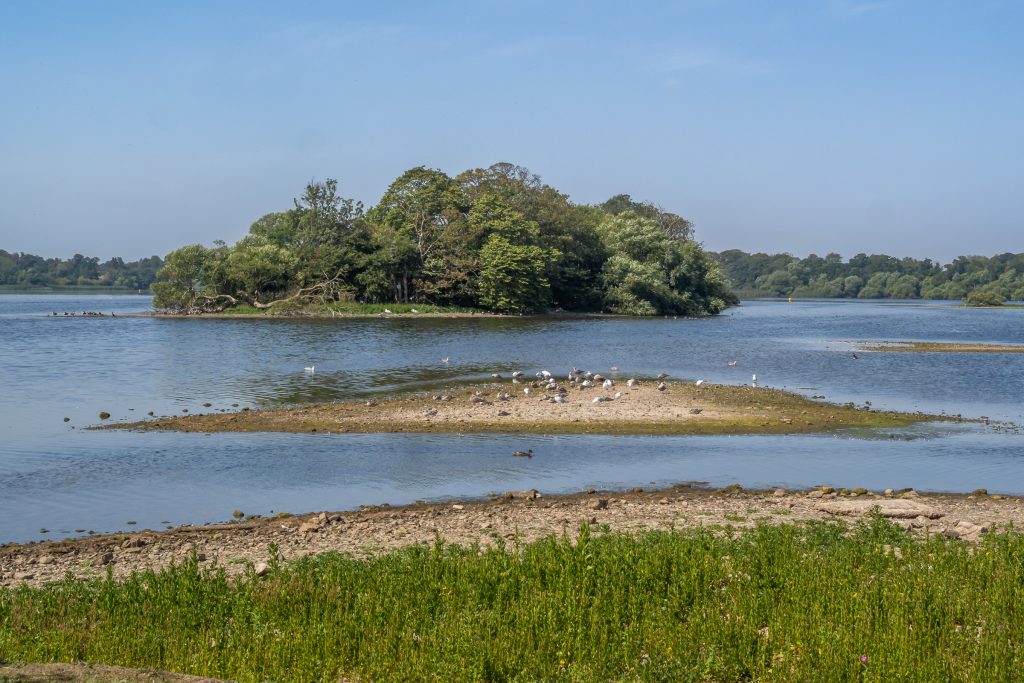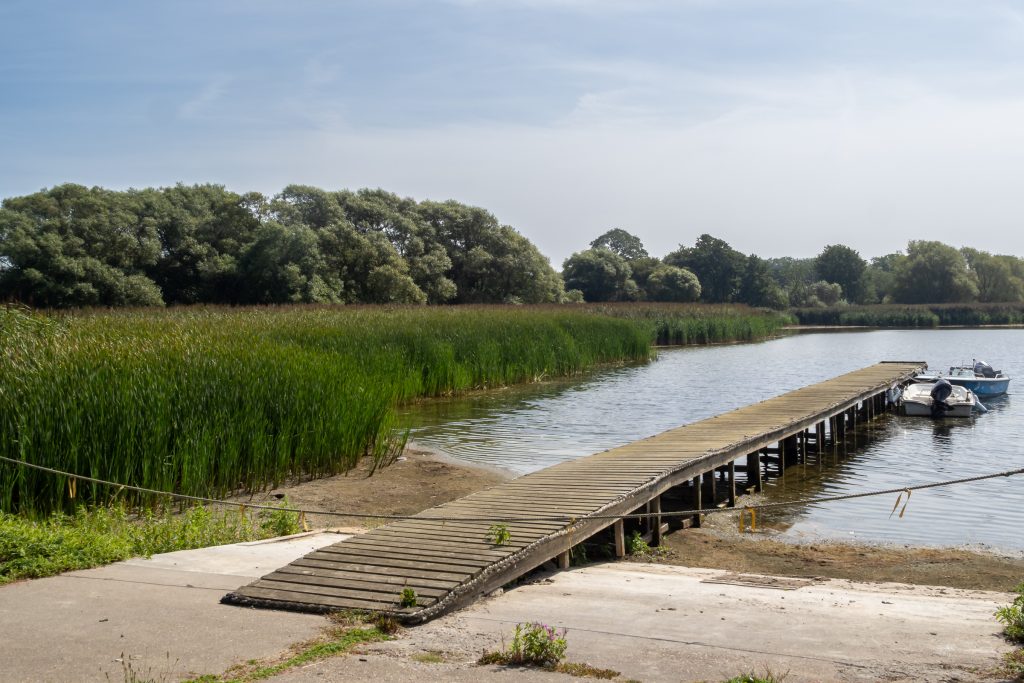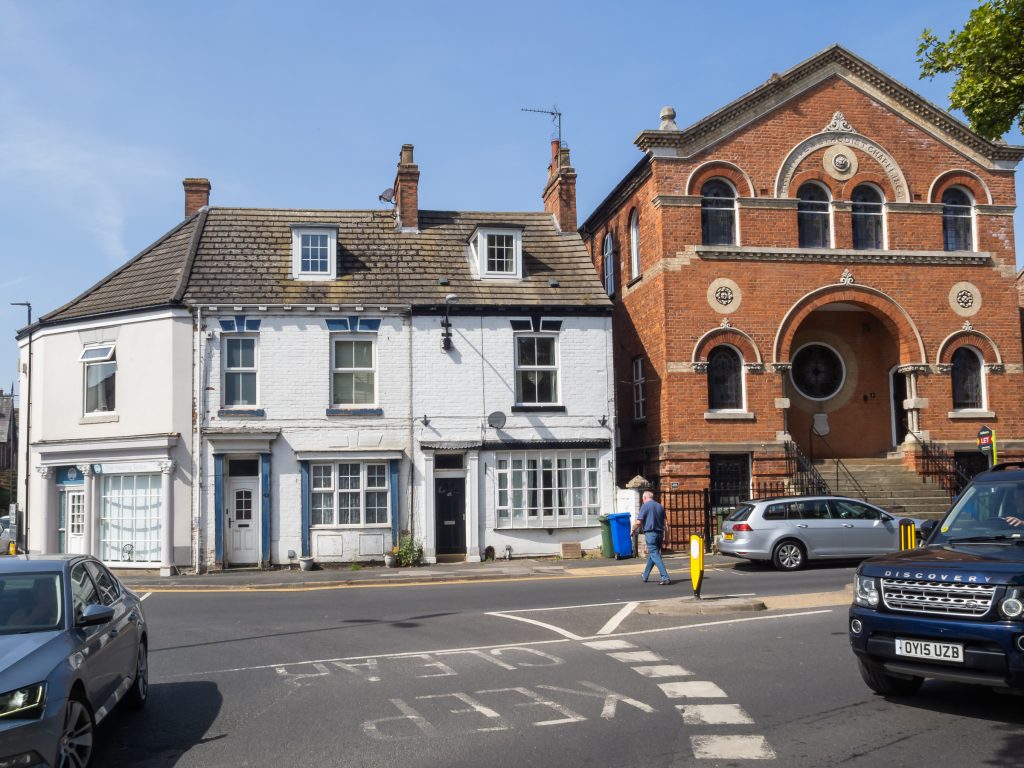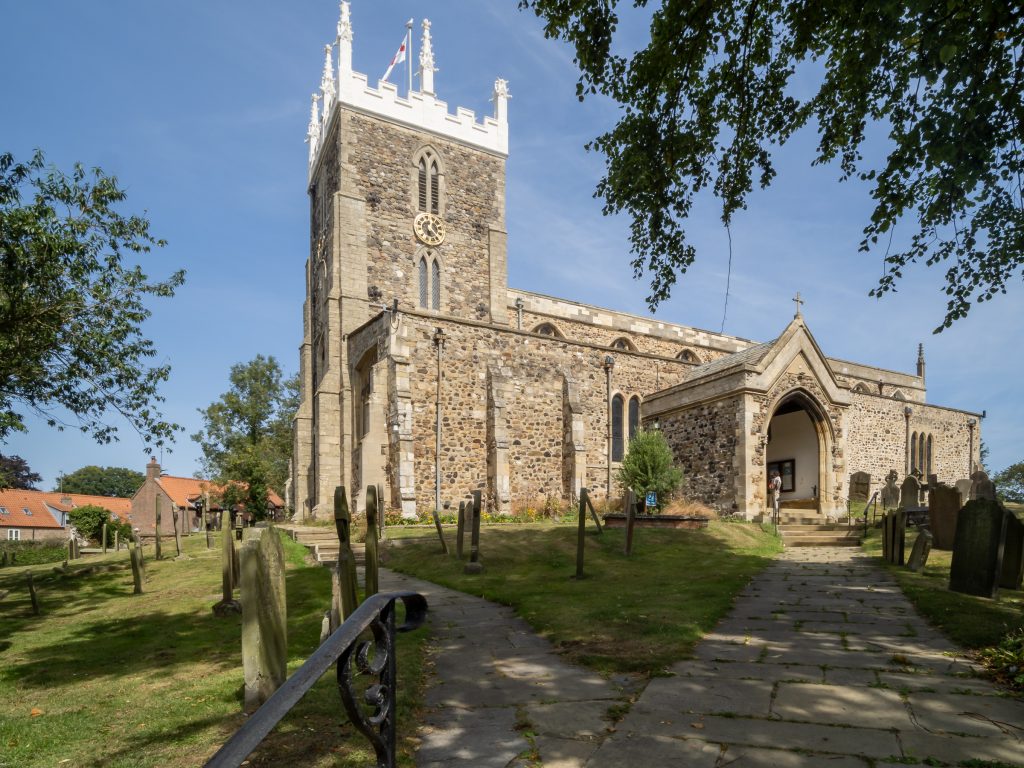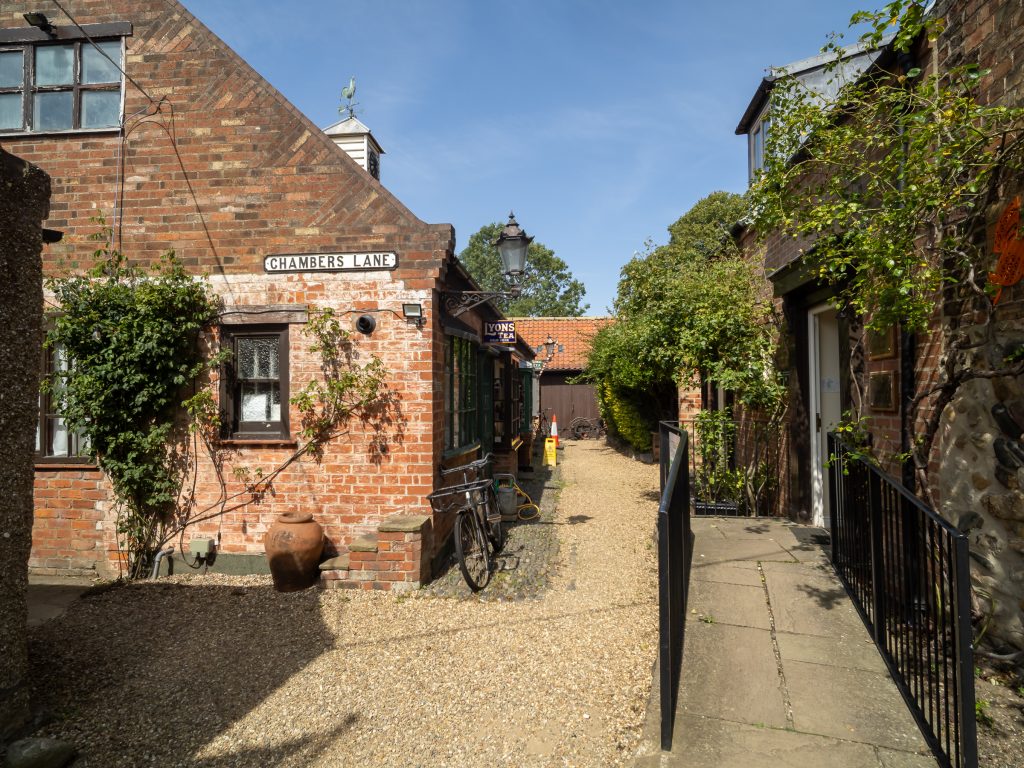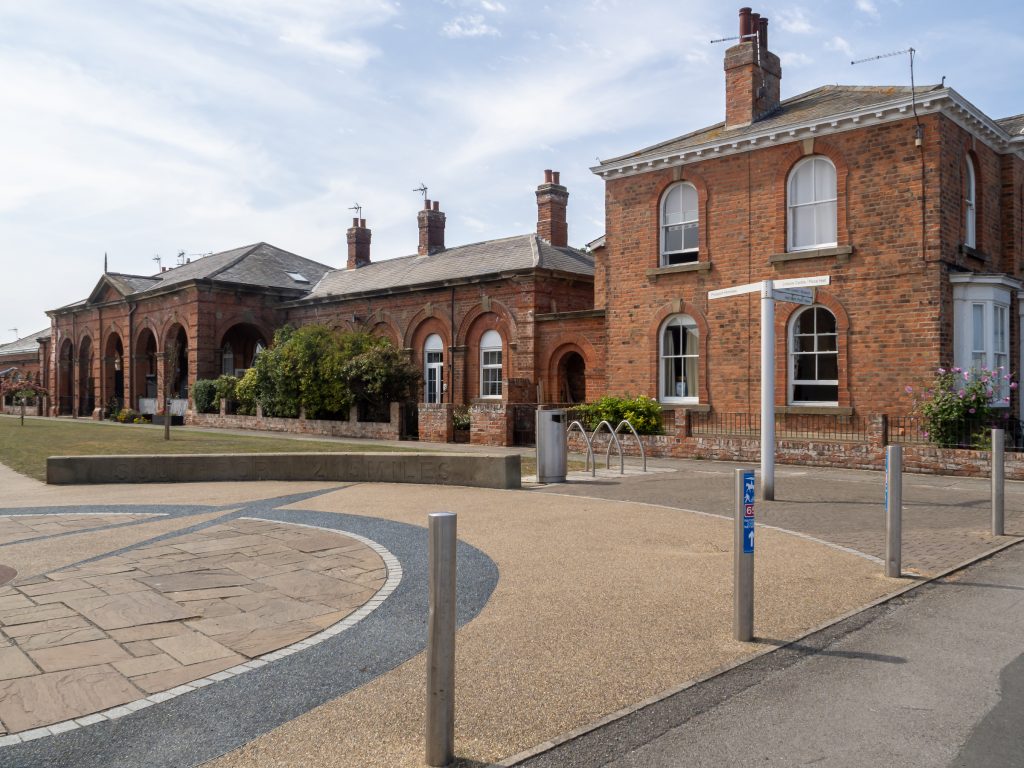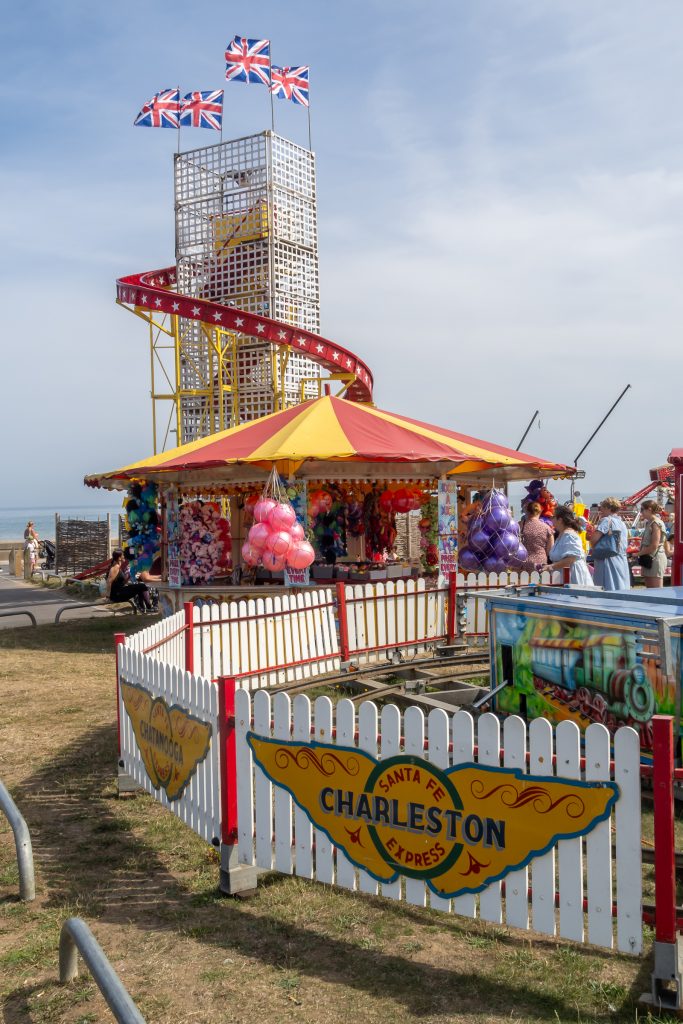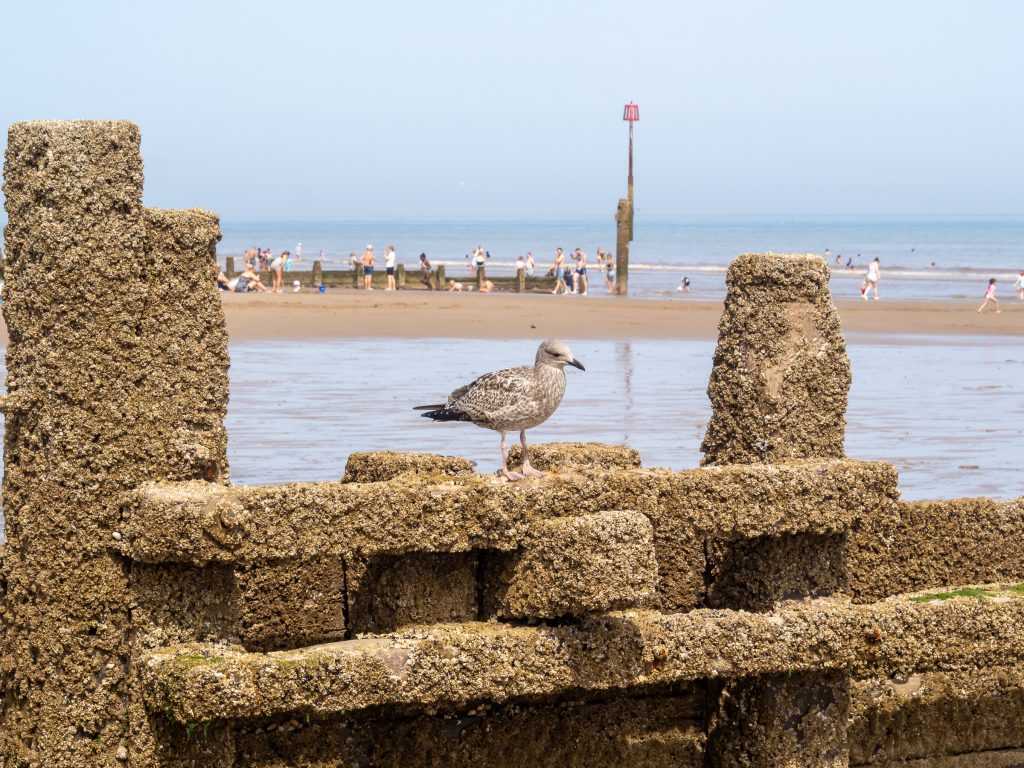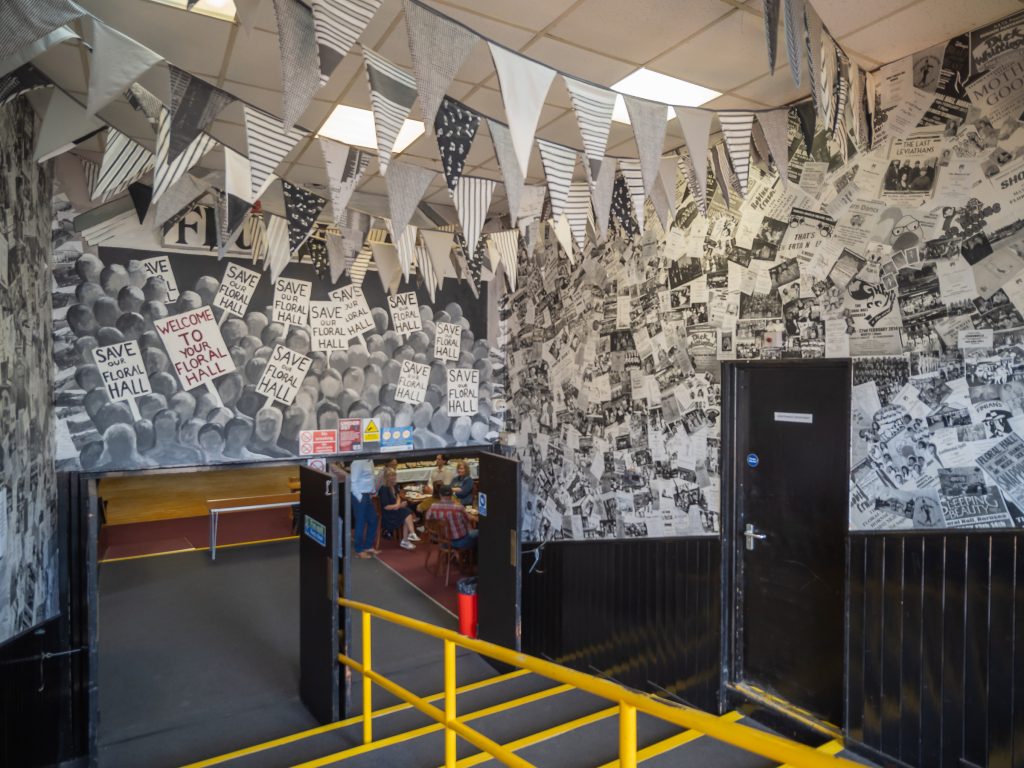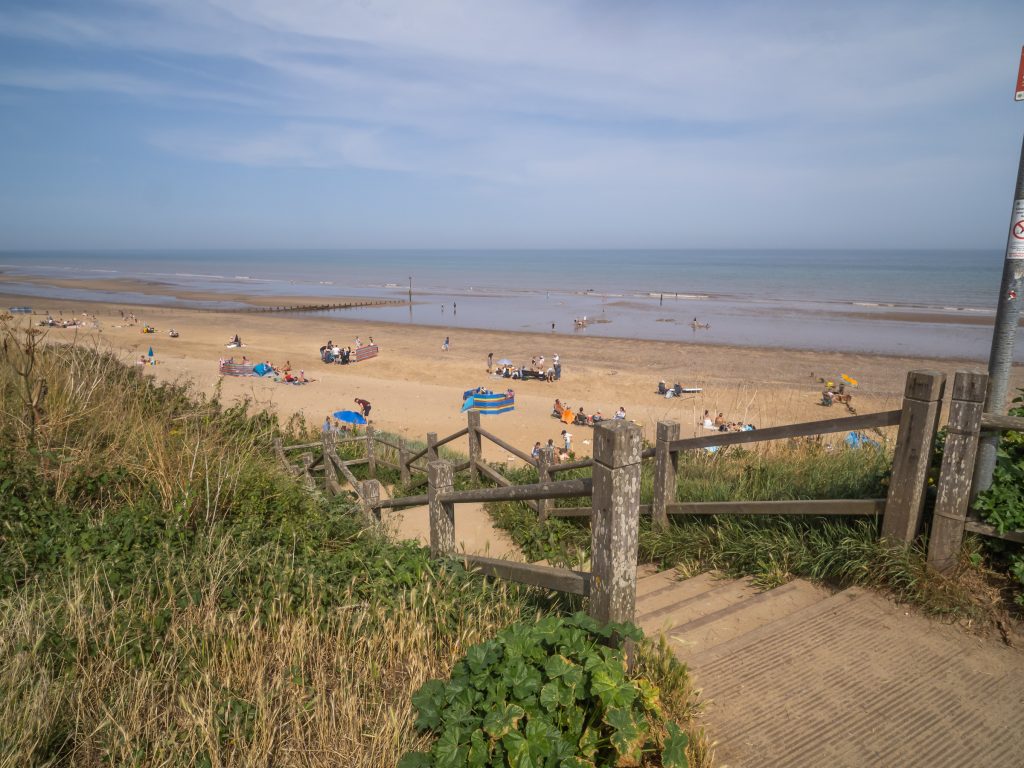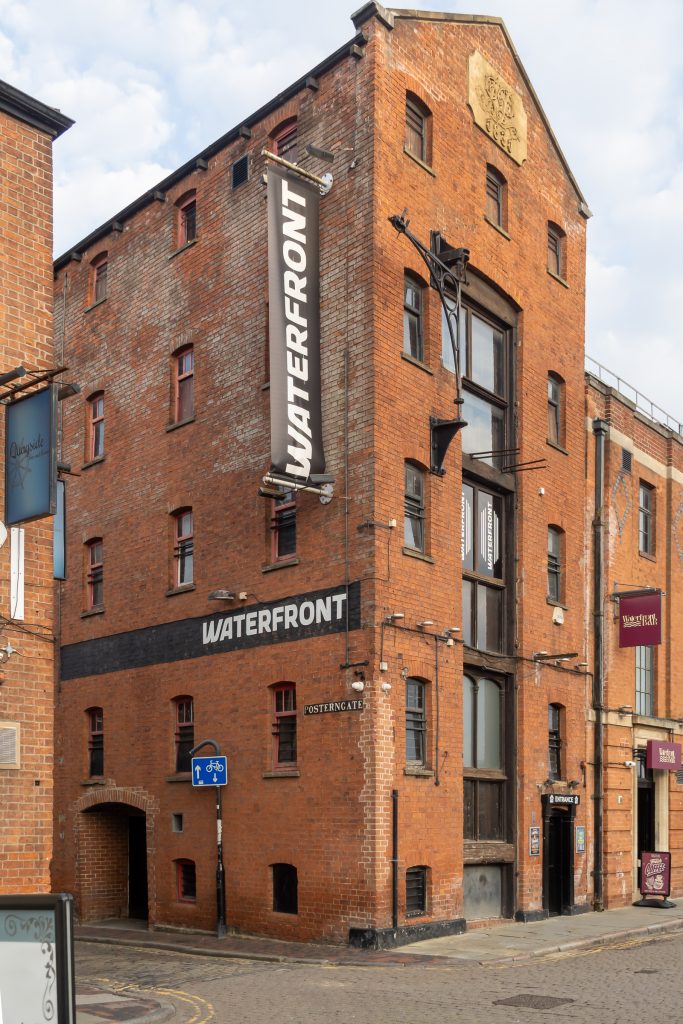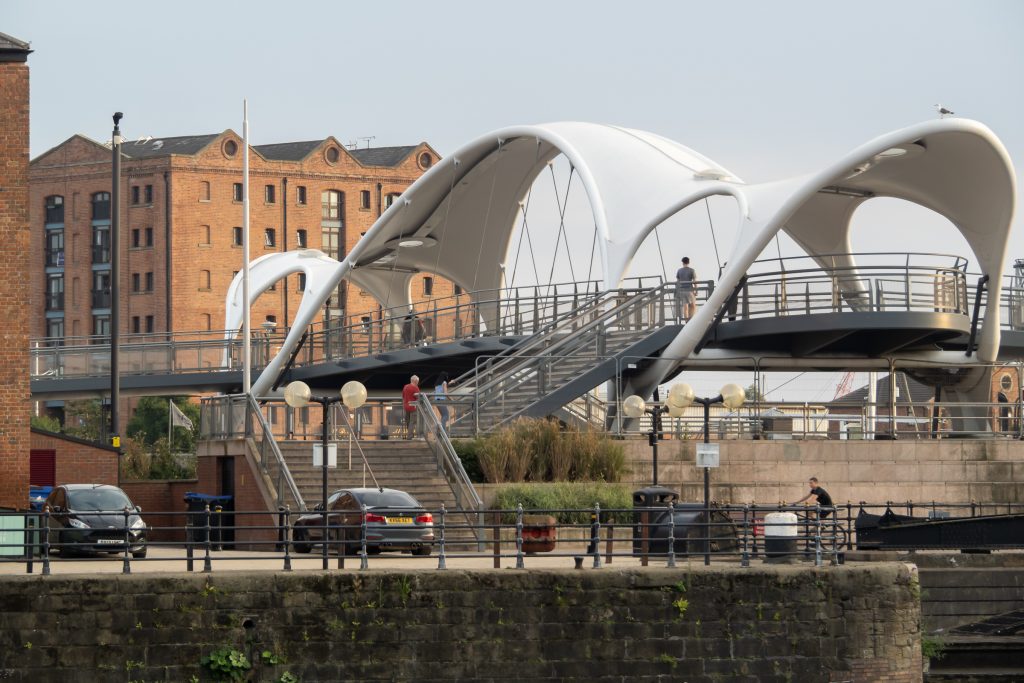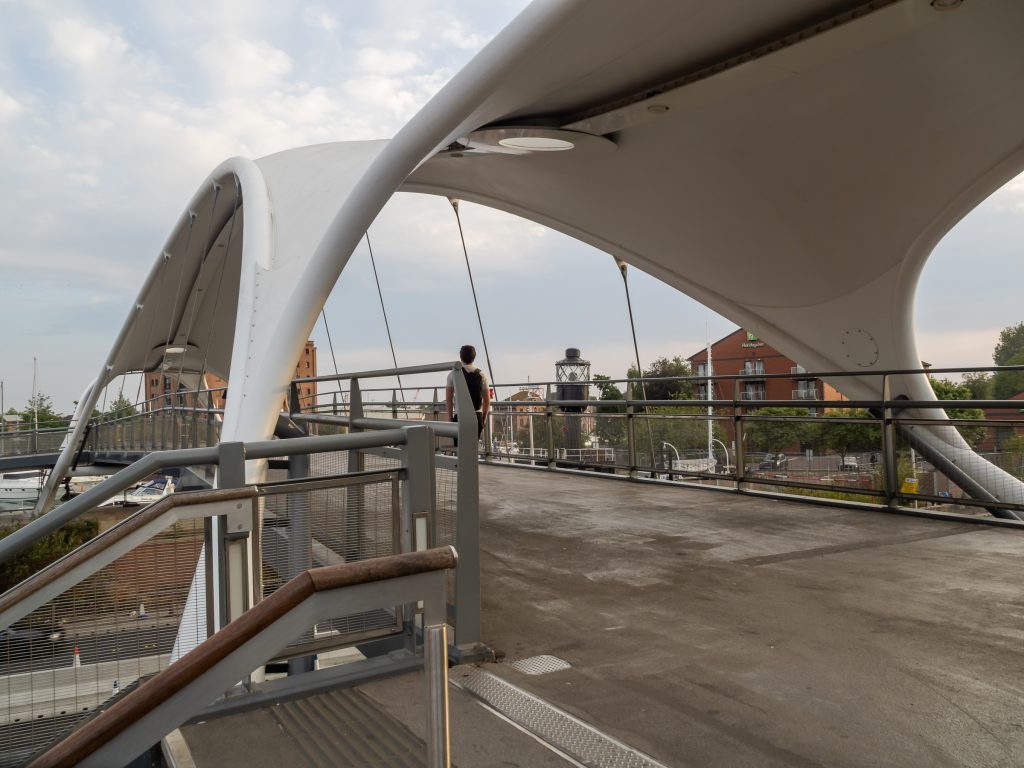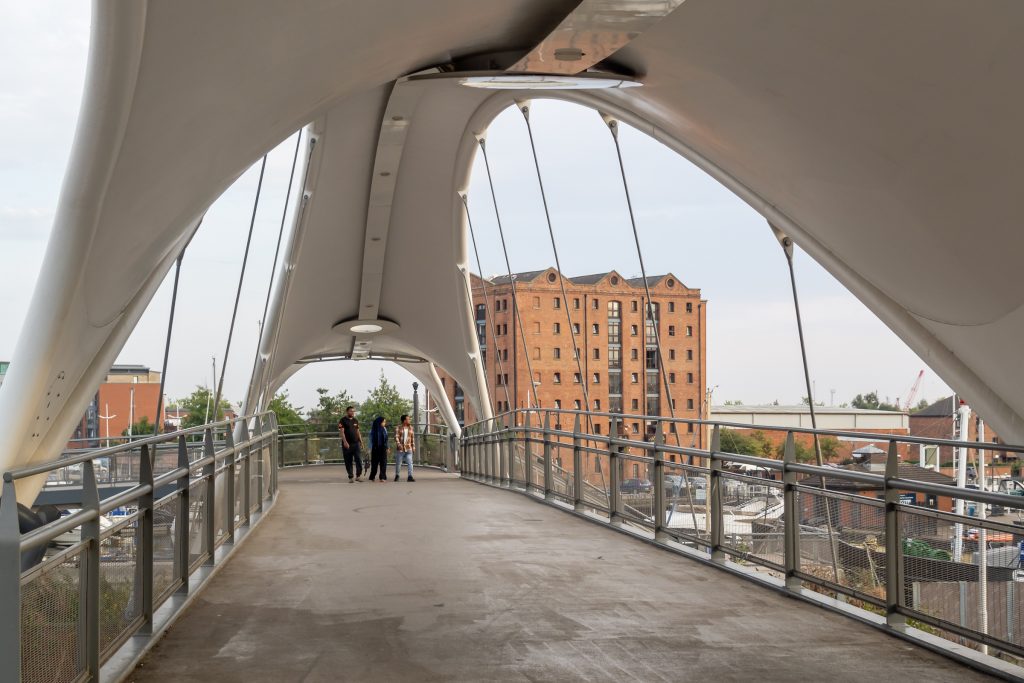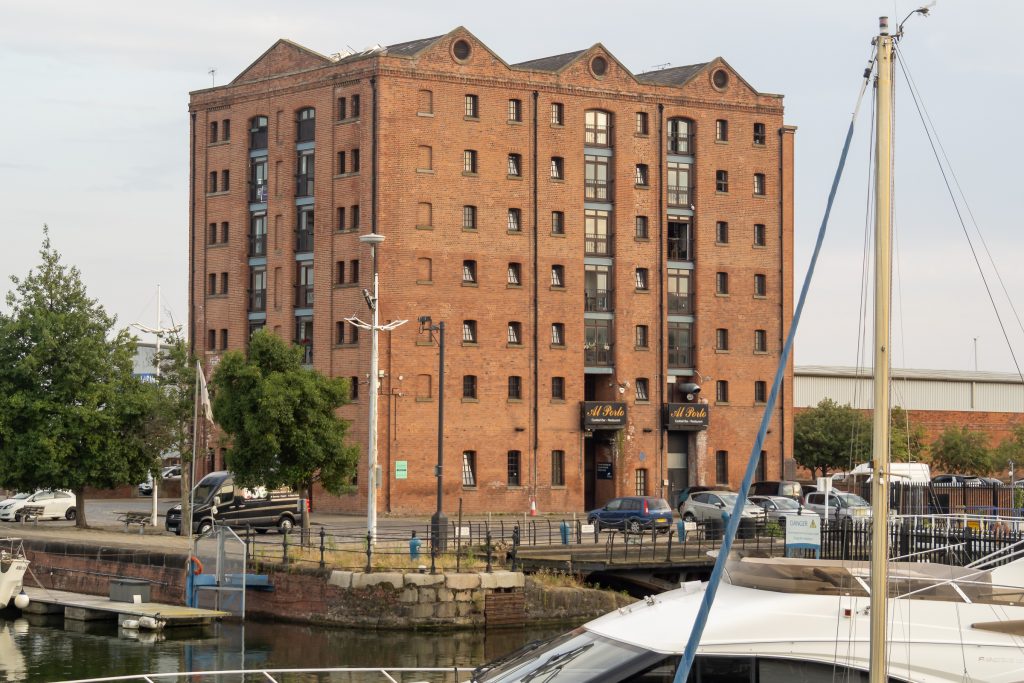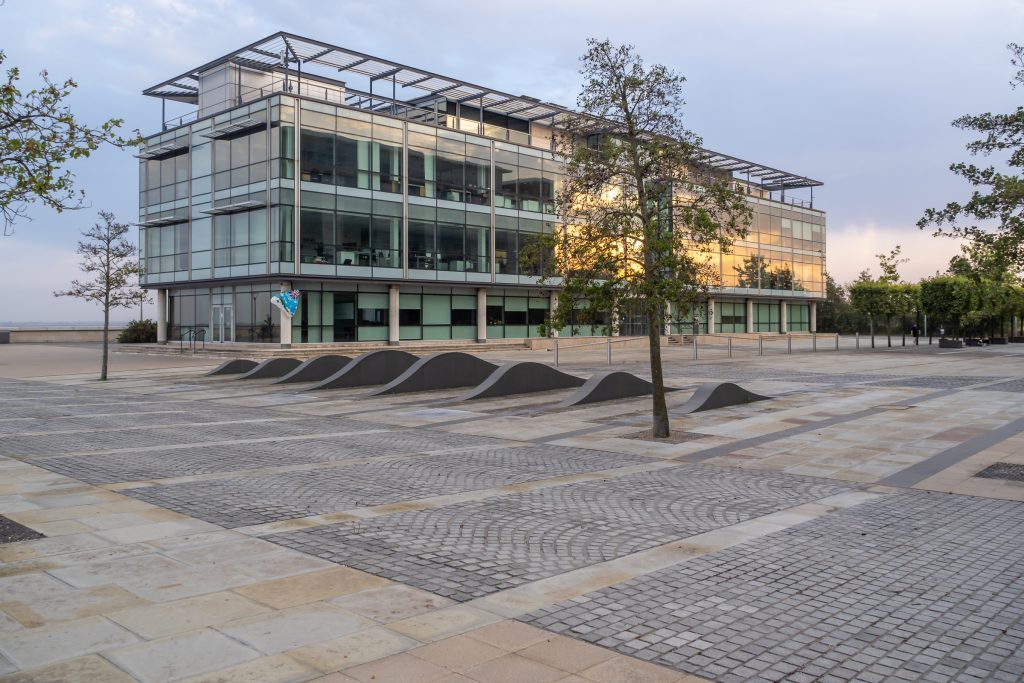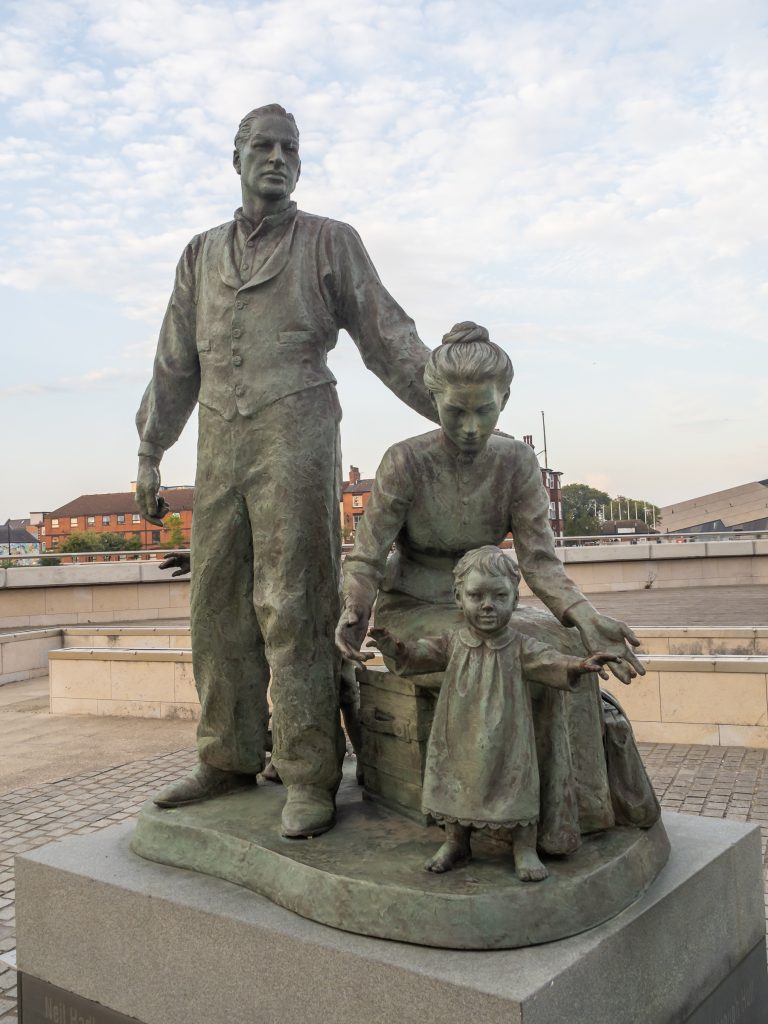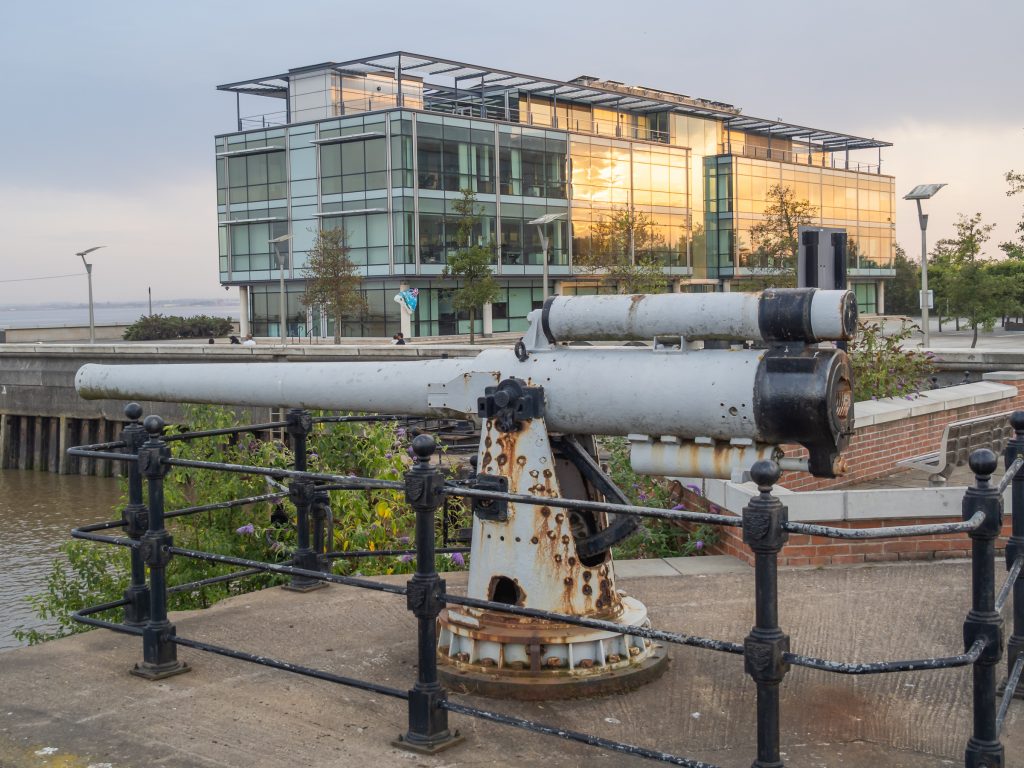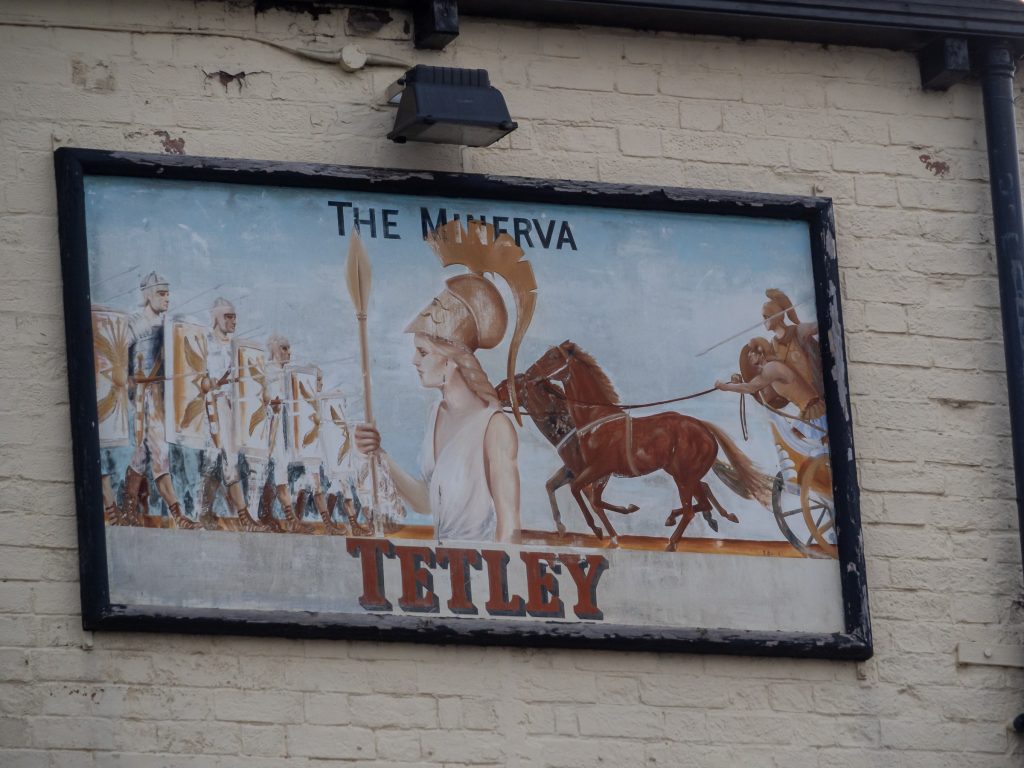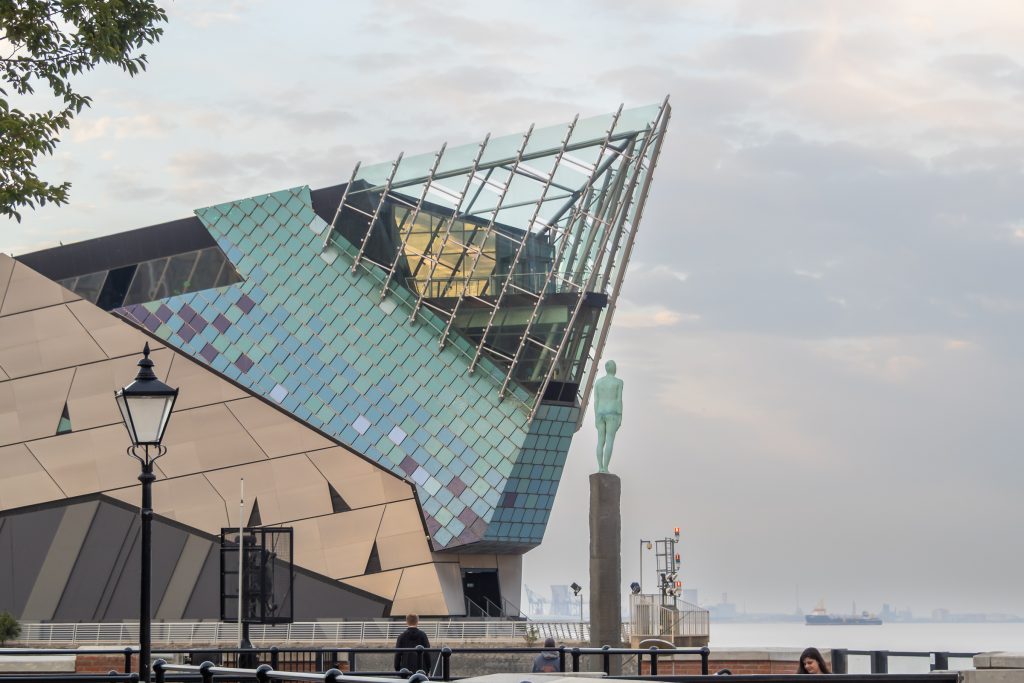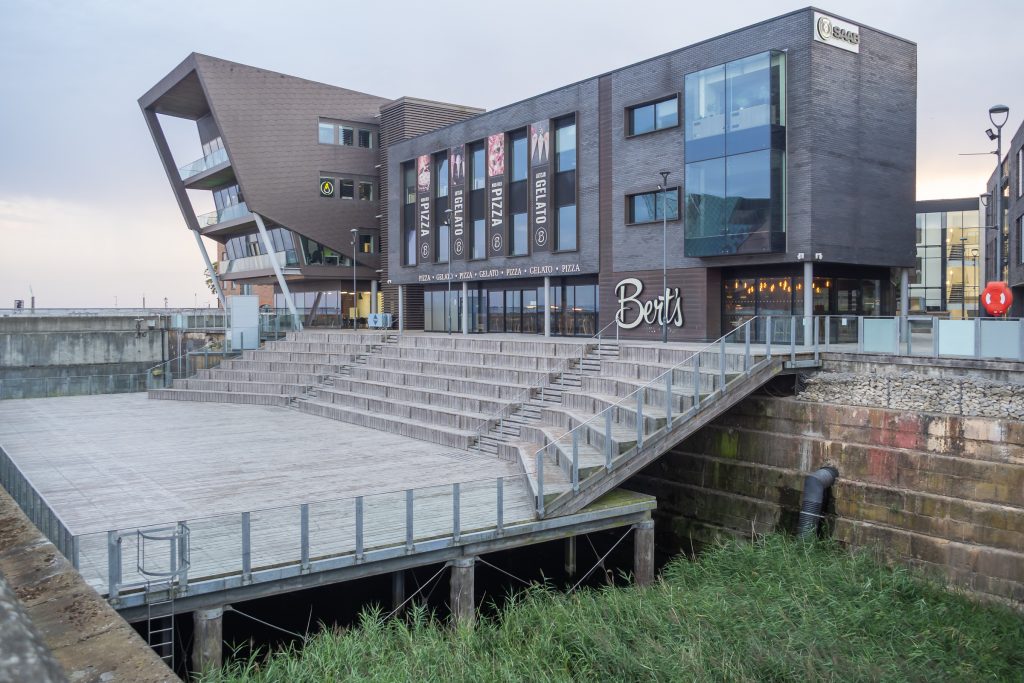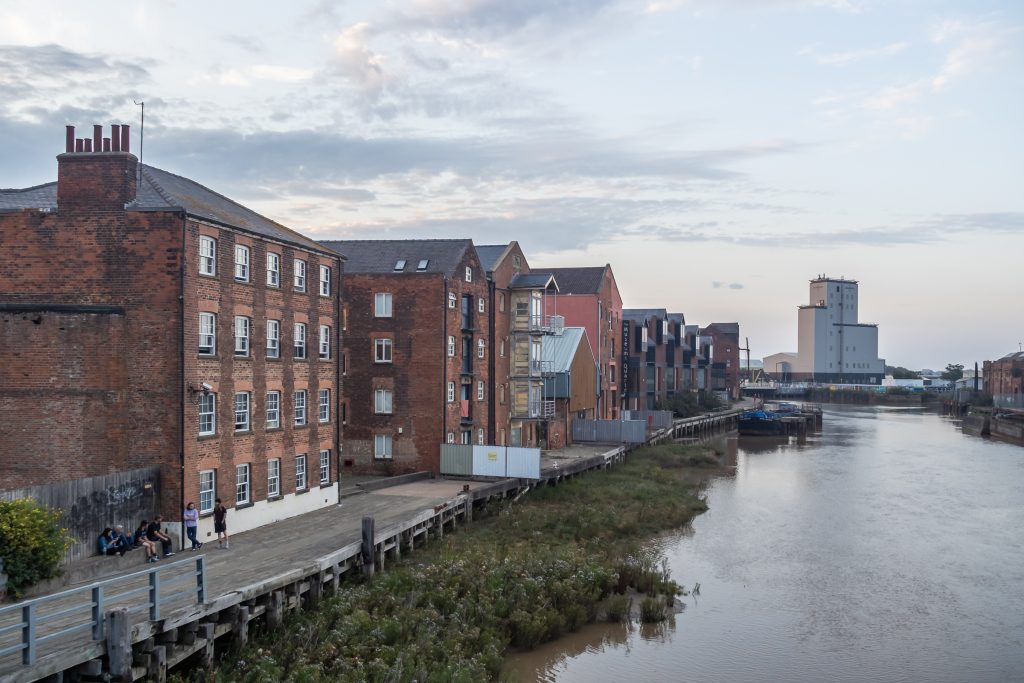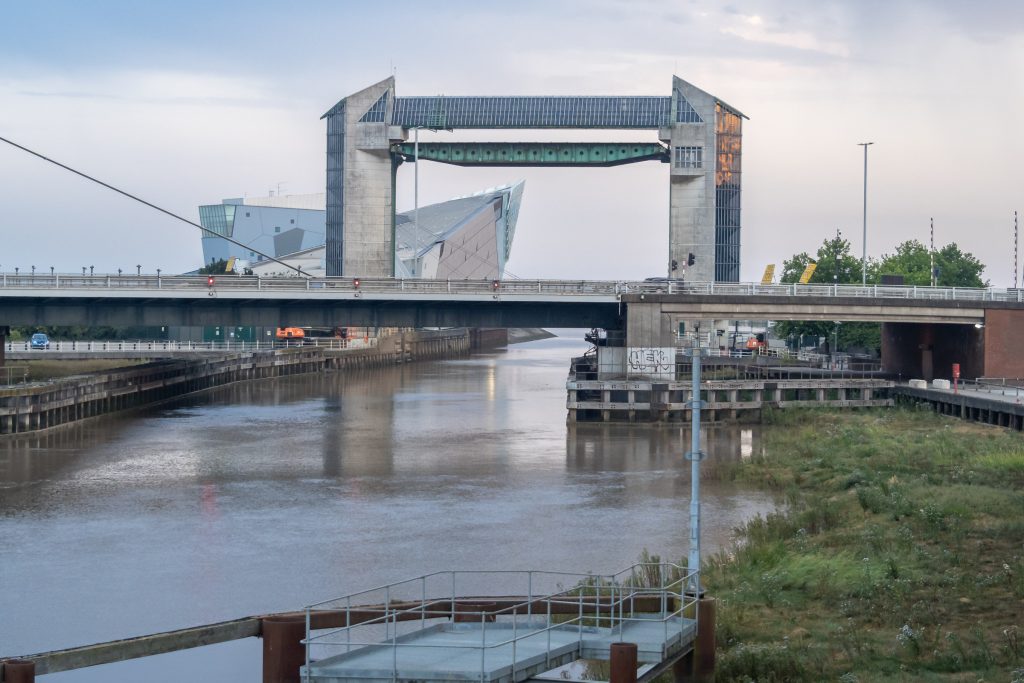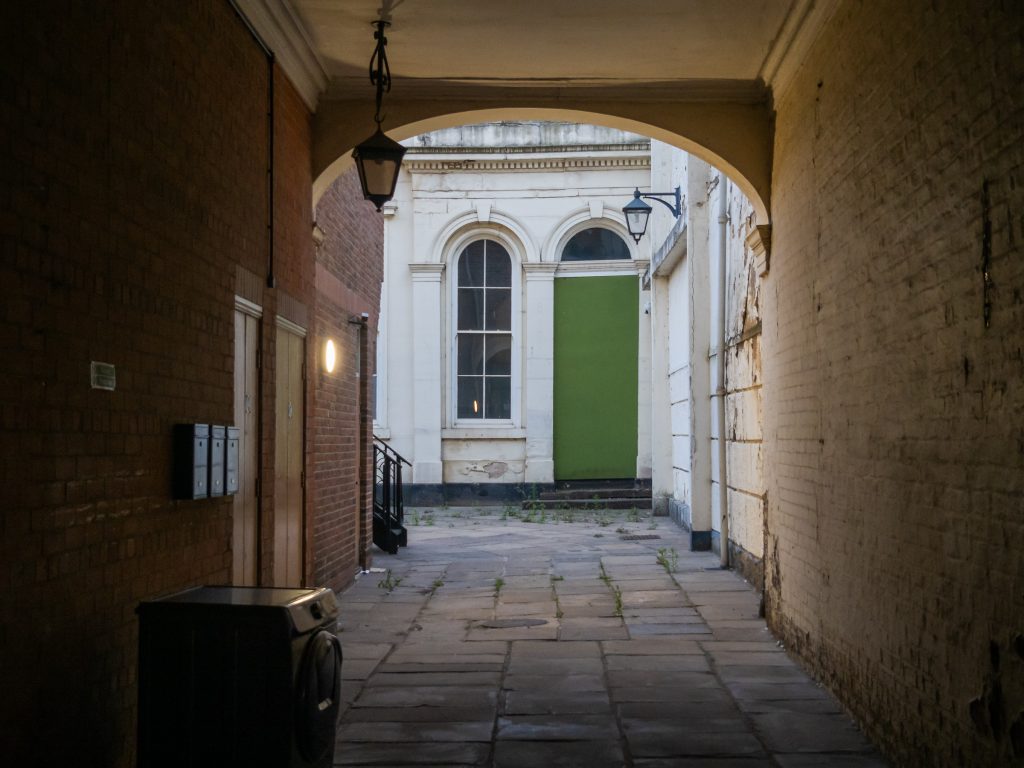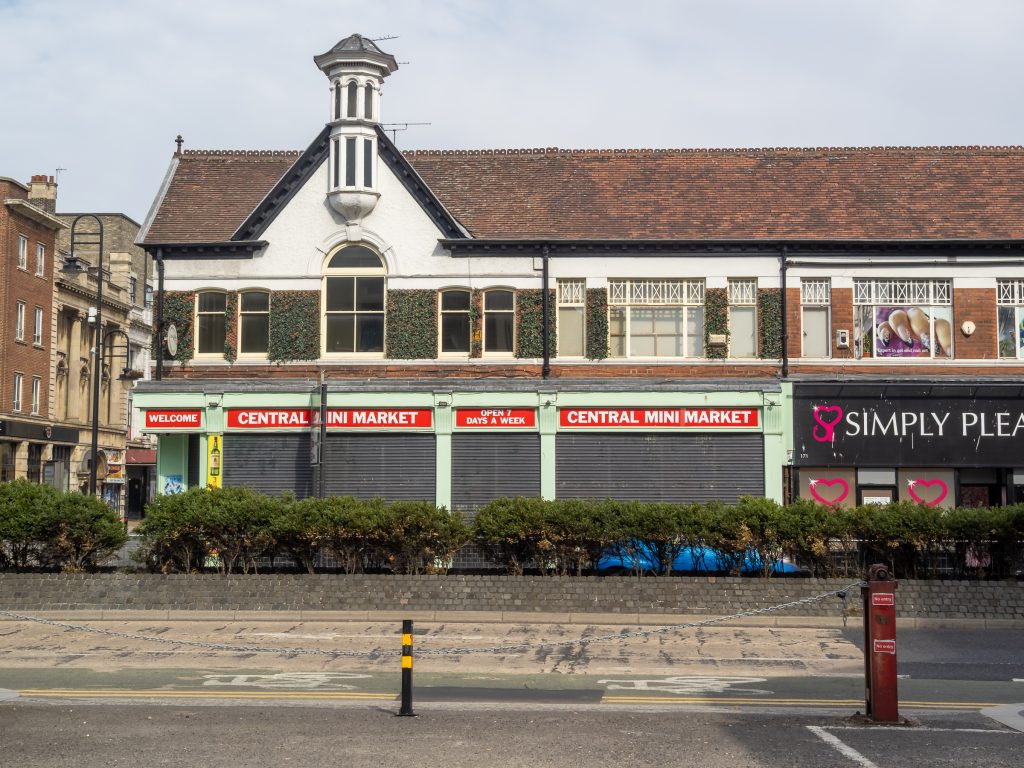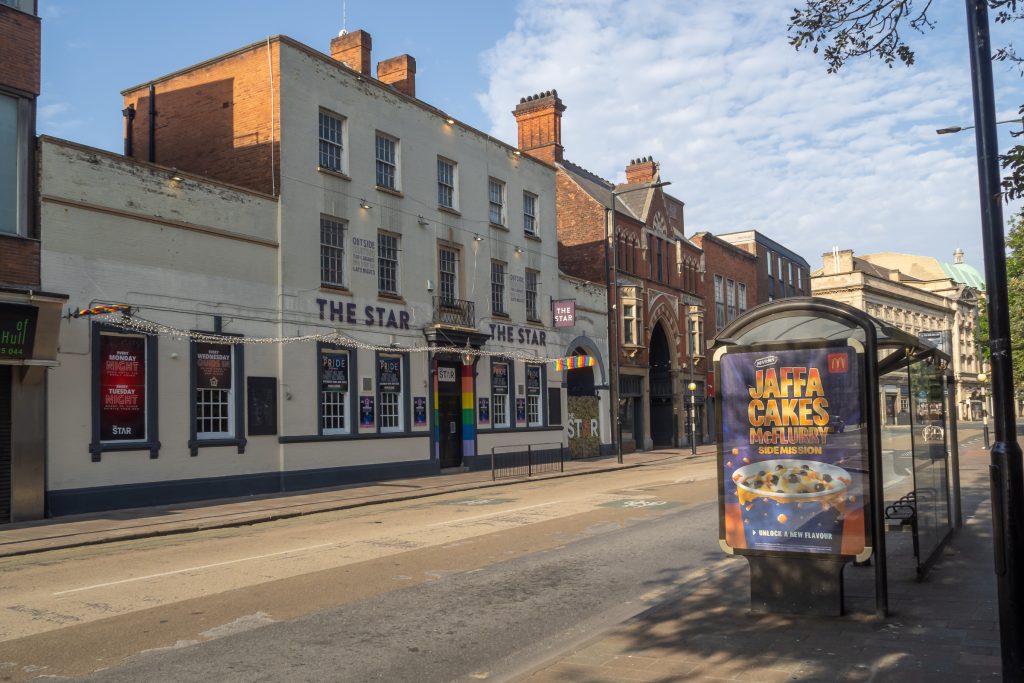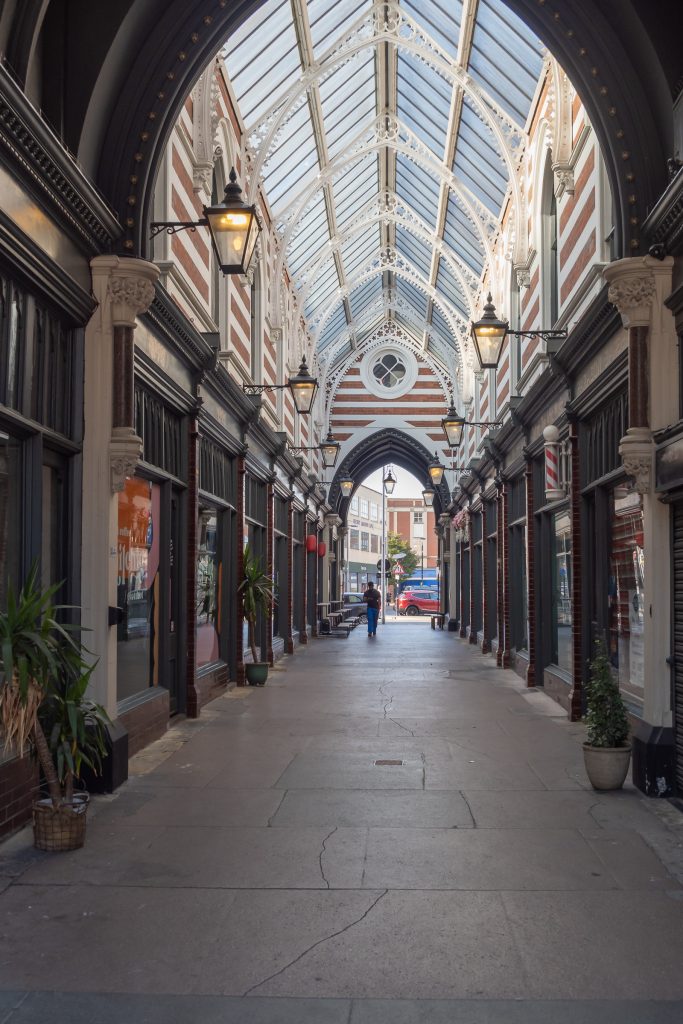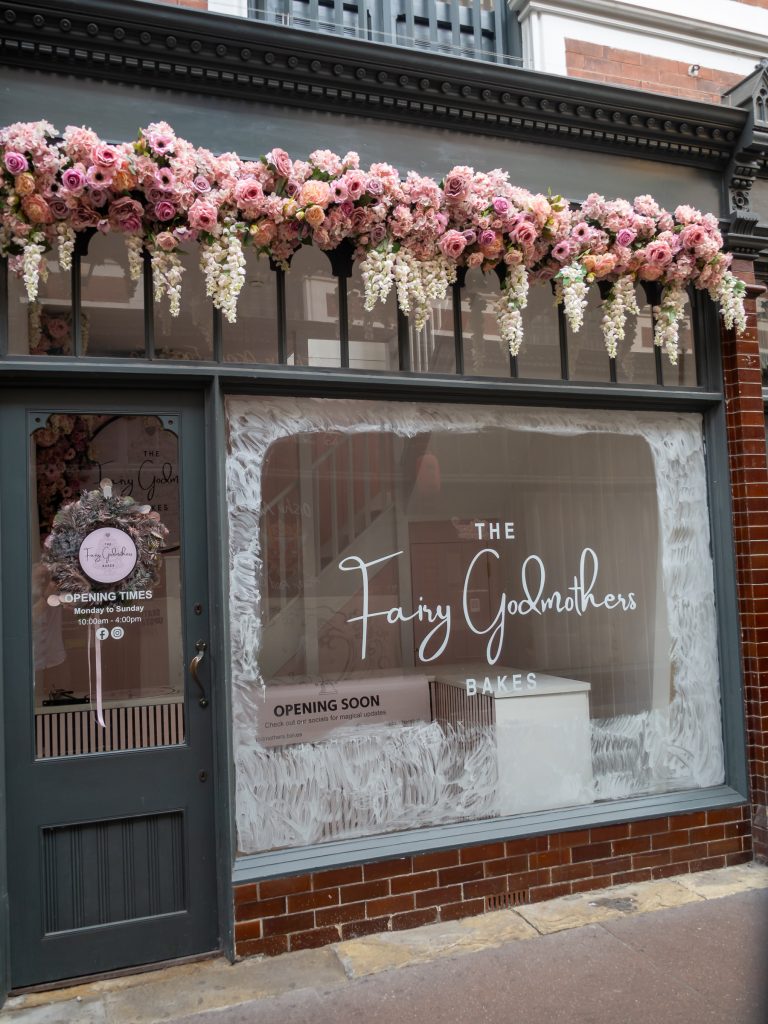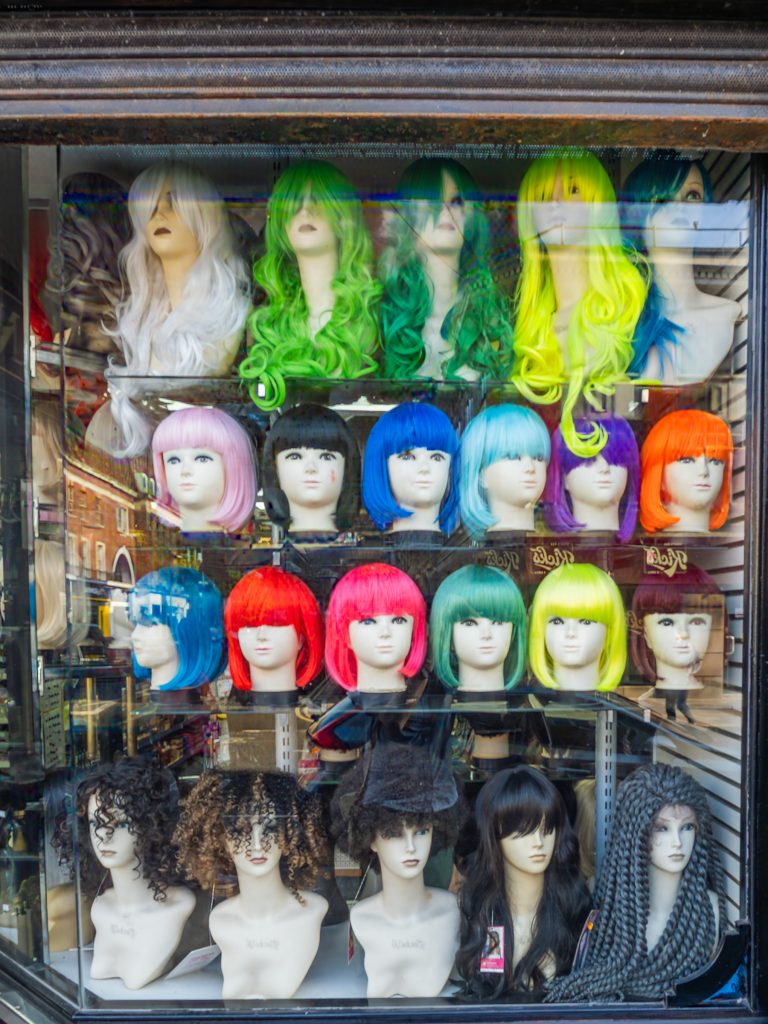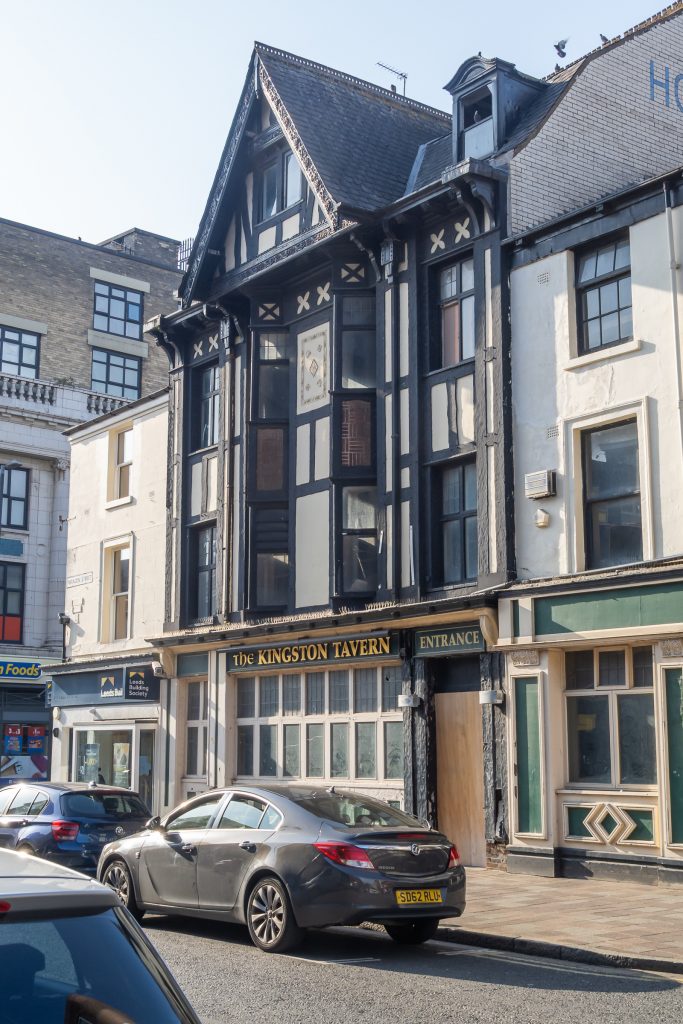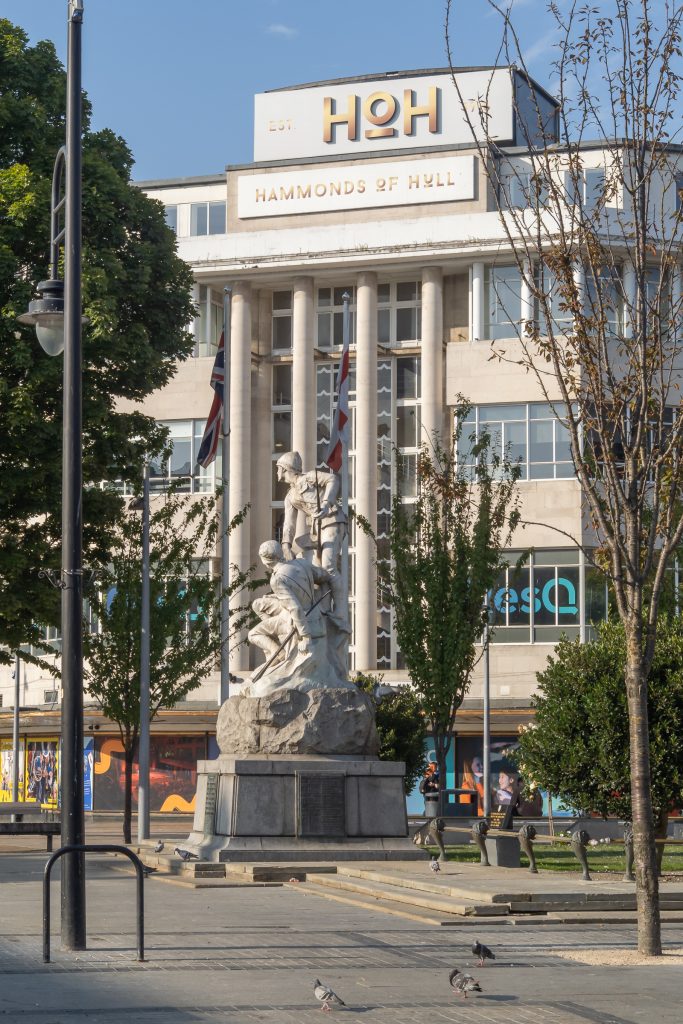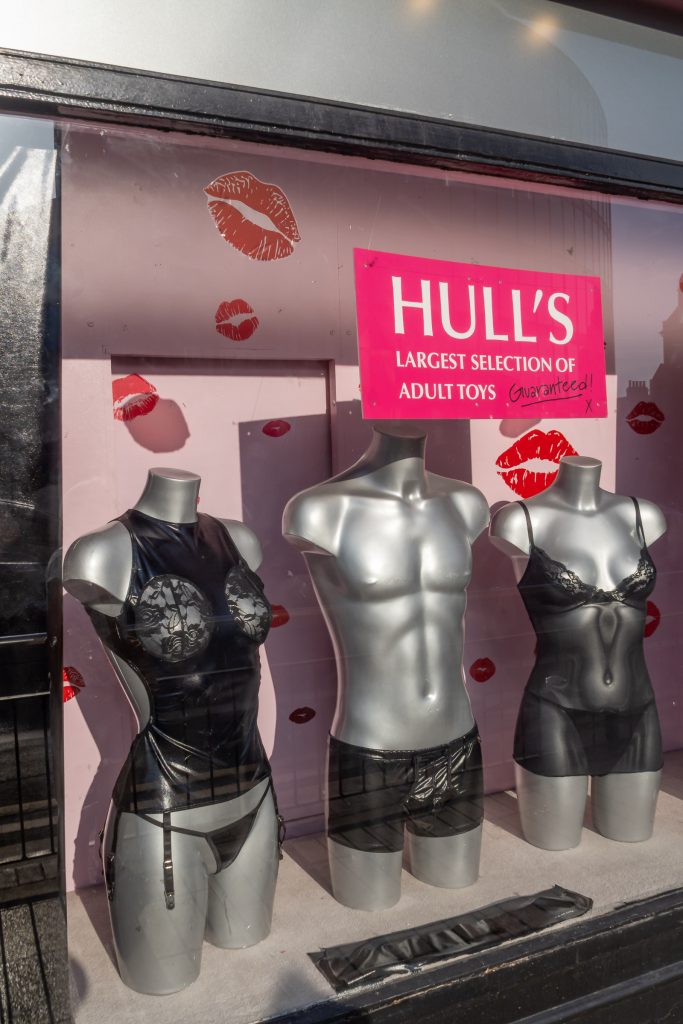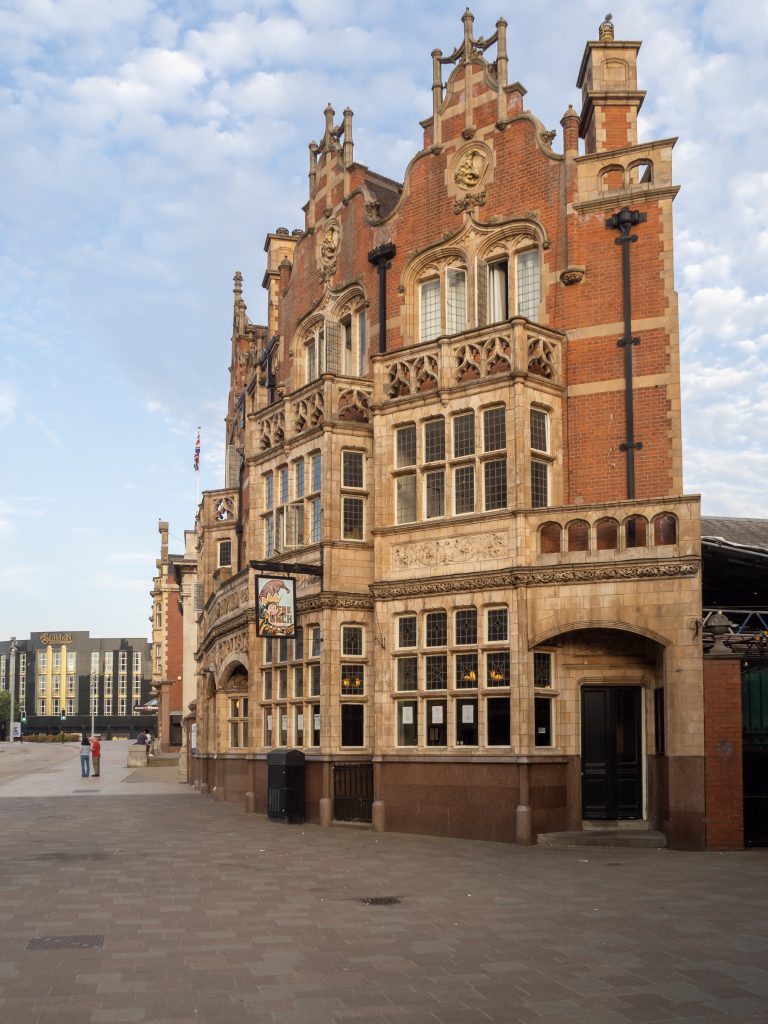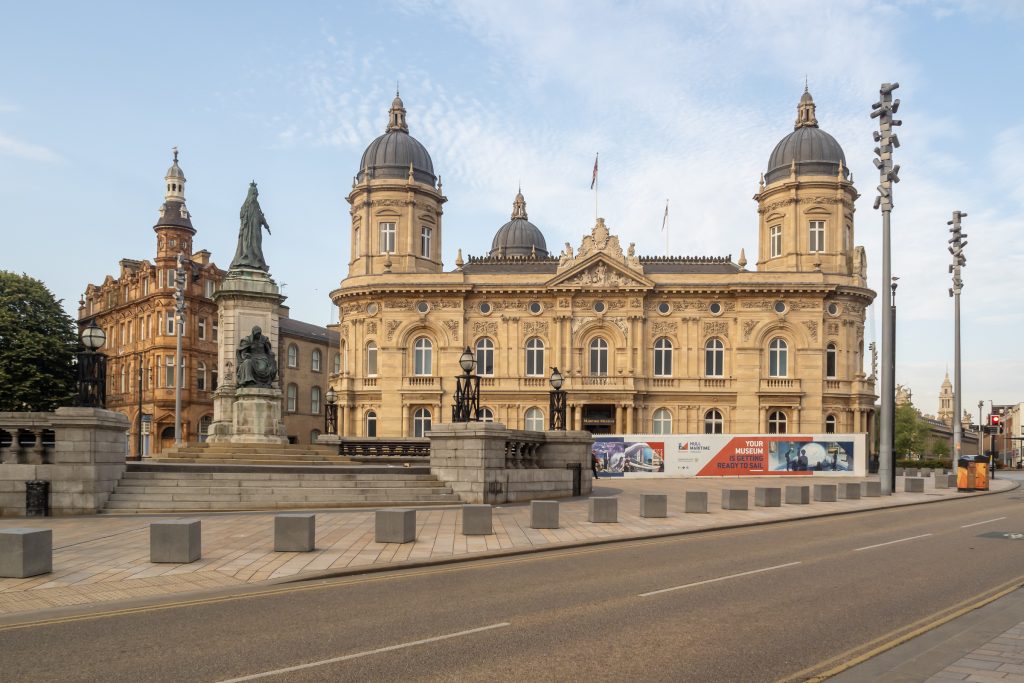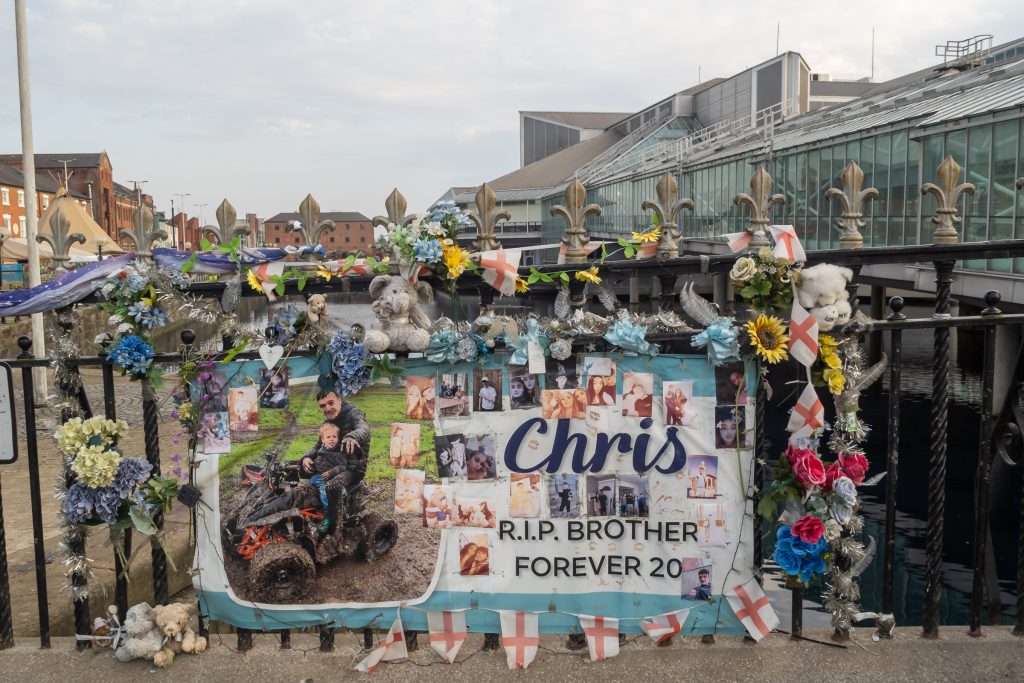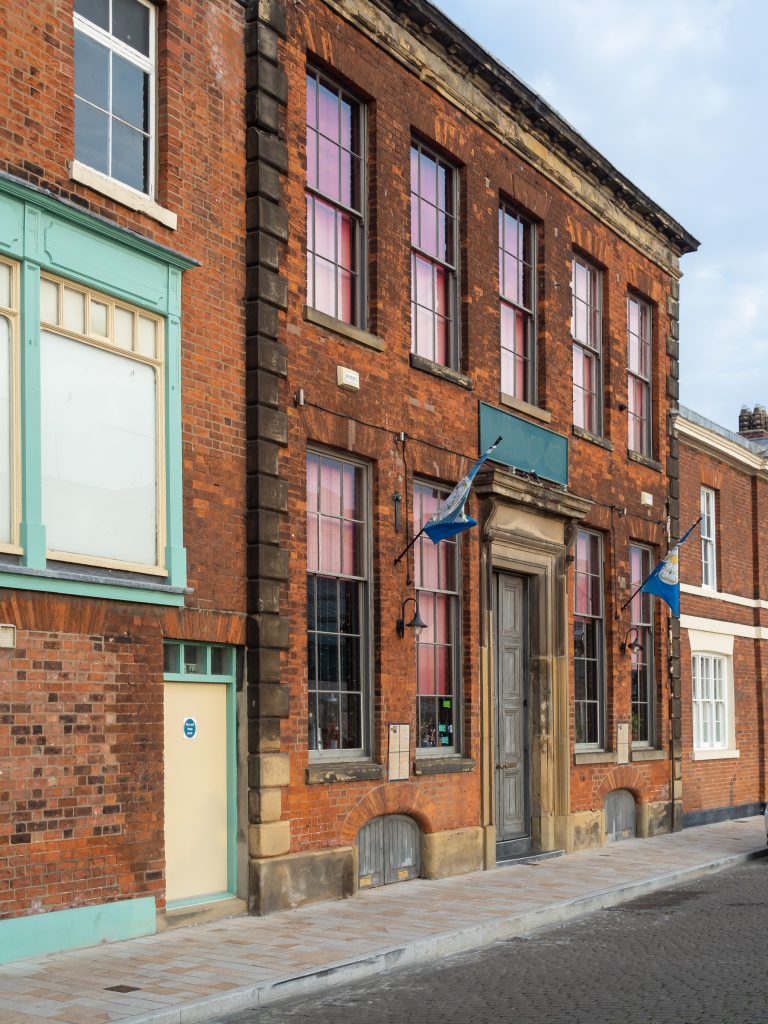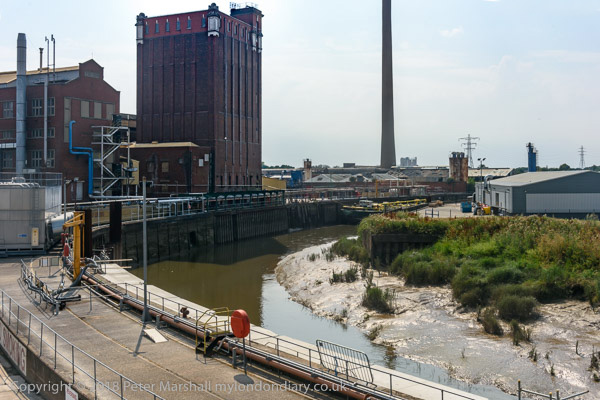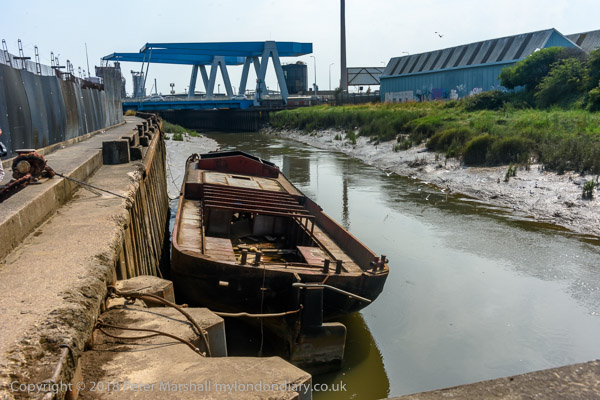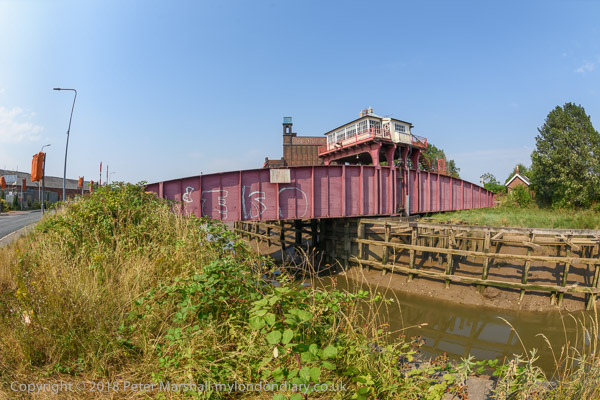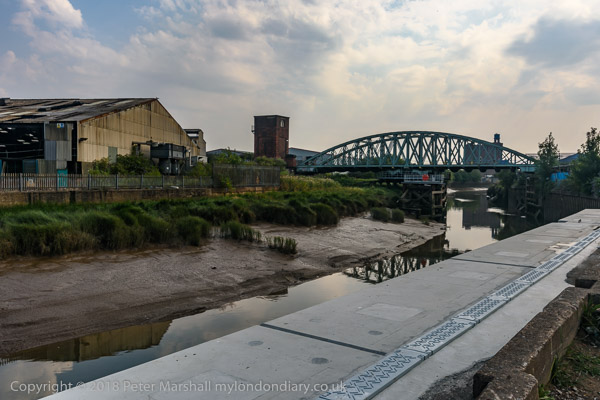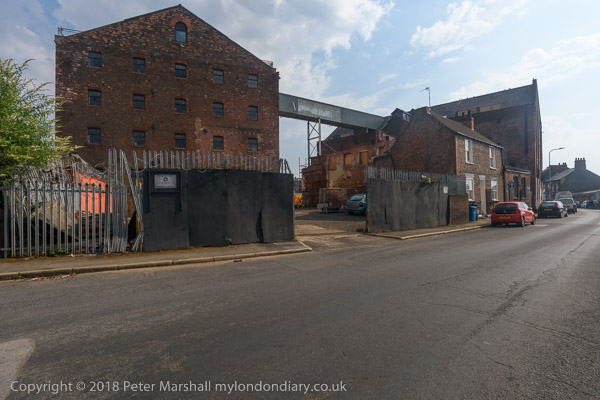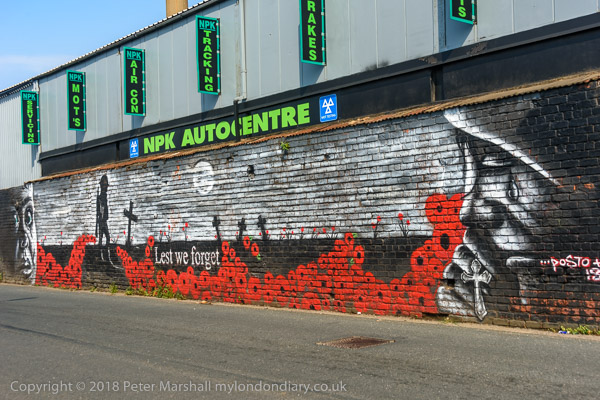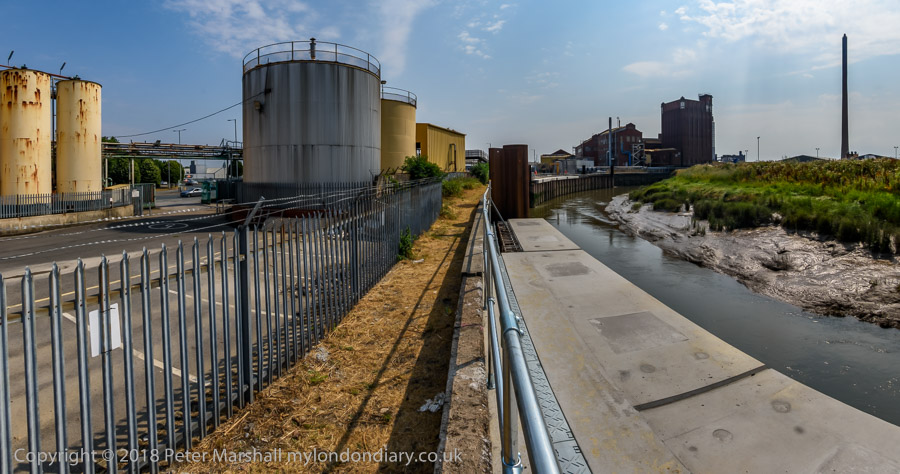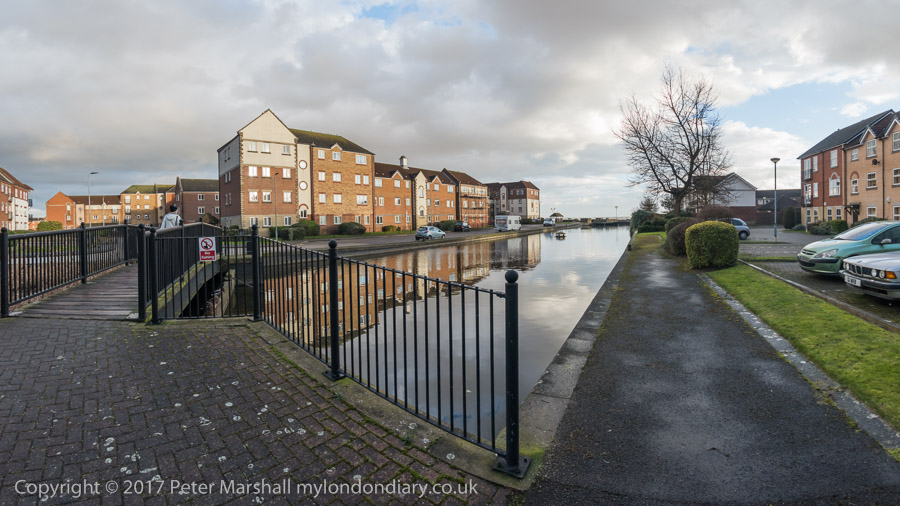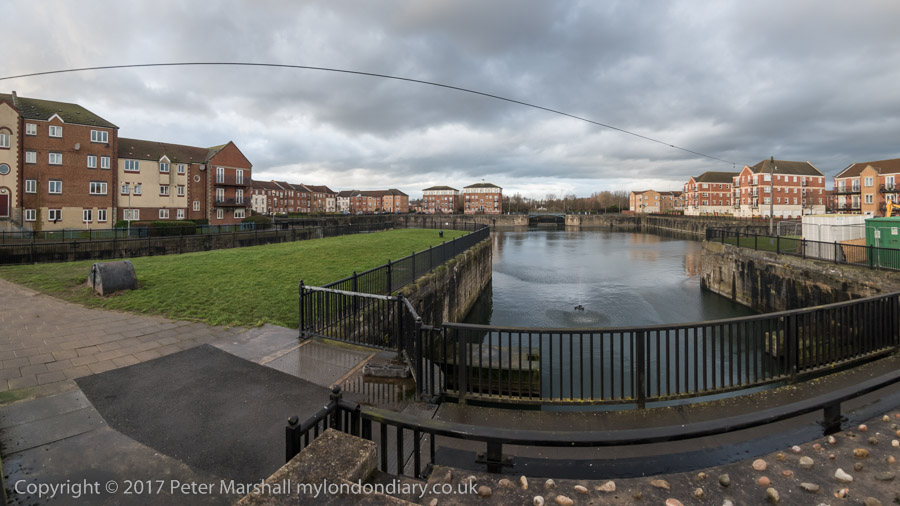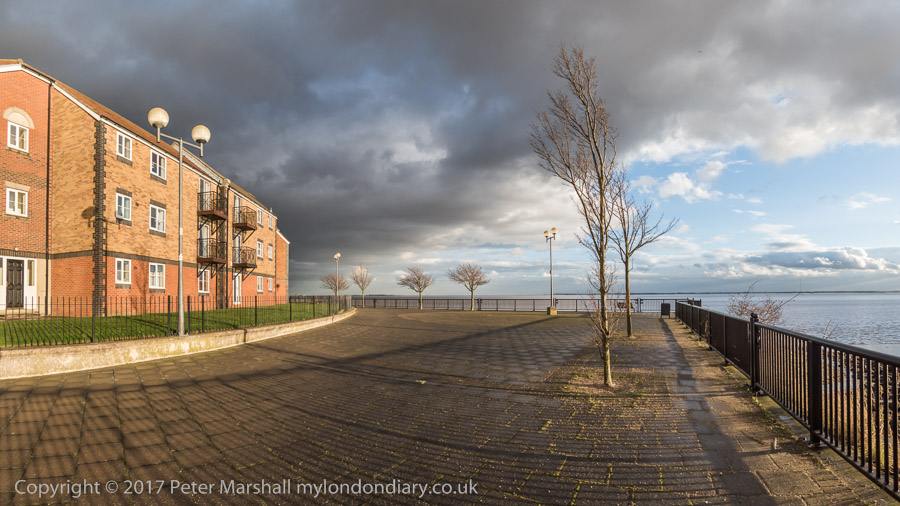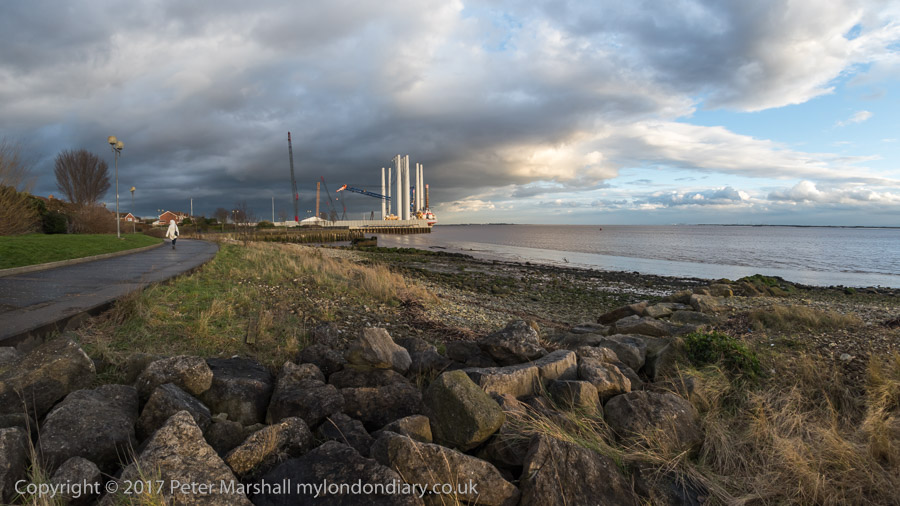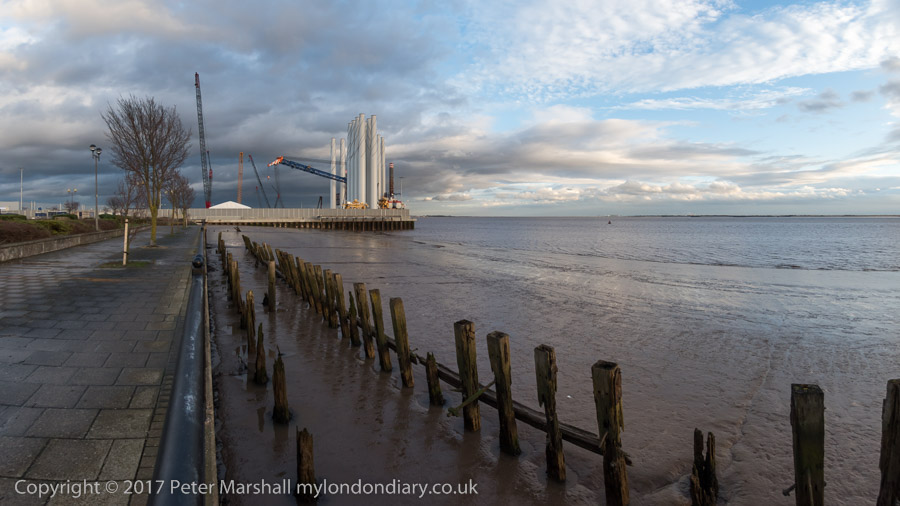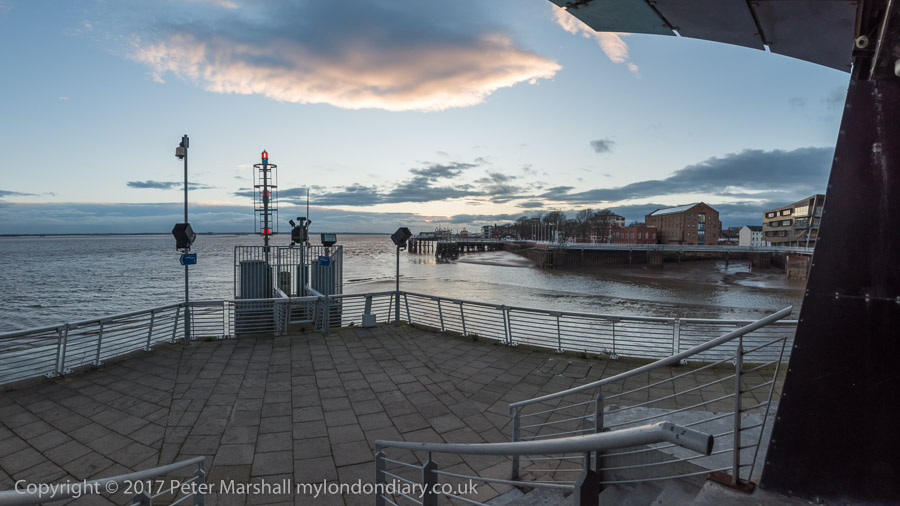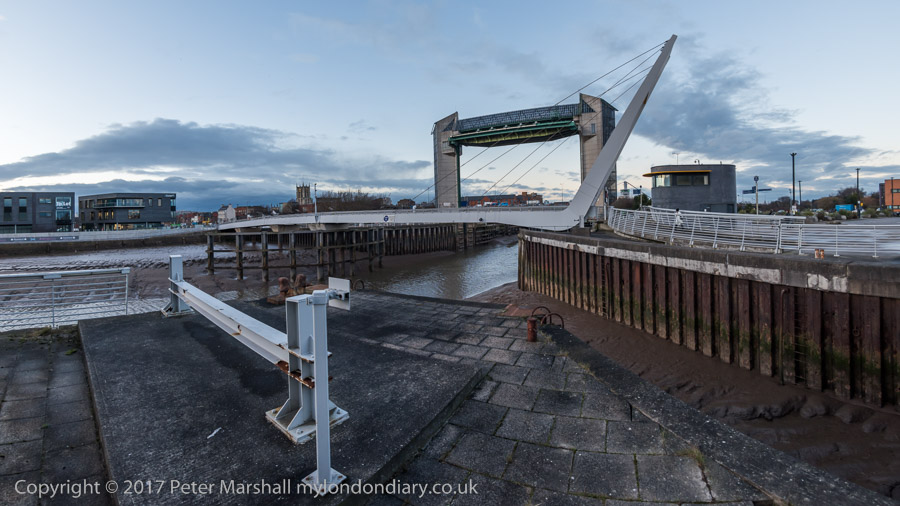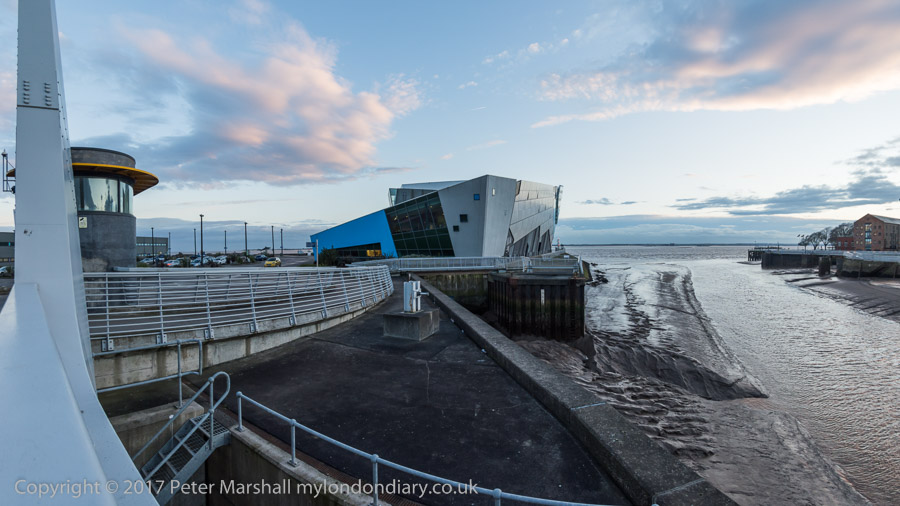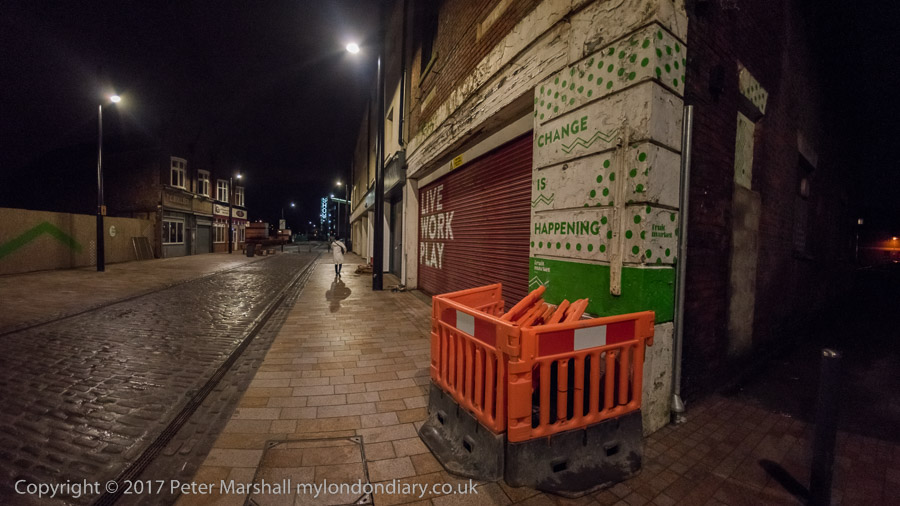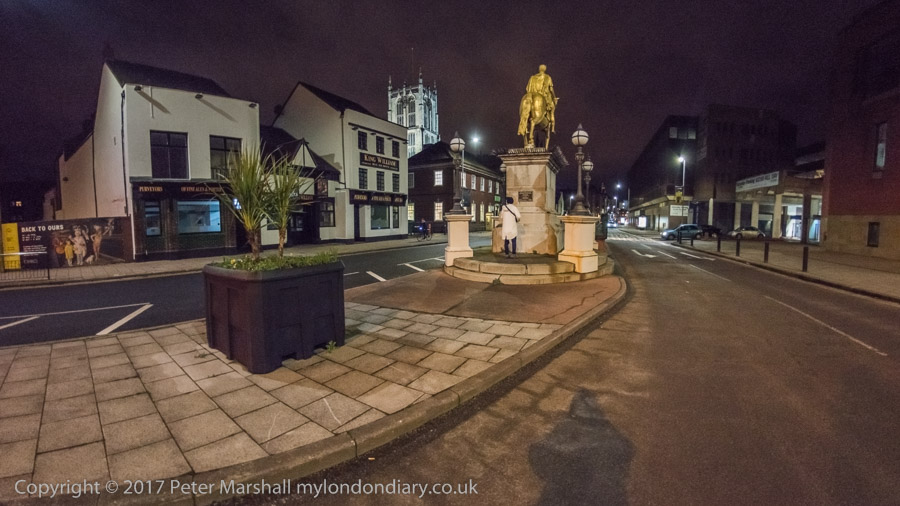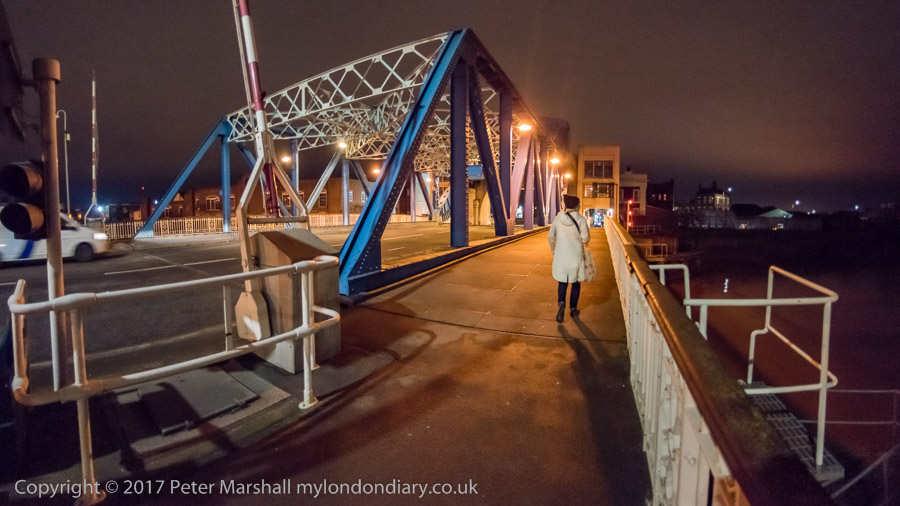Hull’s River Bridges: Rich & Lou Duffy Howard began their ‘A River Full of Stories‘ project when they produced ‘Open Bridges’ as one of the most interesting events of Hull’s 2017 year as UK City of Culture.
Unlike most of the events in that year, this was one that was truly based on Hull and produced by people from Hull rather than put on by a team who largely came up from London to organise the year. Although that team received around 200 proposals from local artists for the year, virtually all these were turned down in favour of imported ‘culture’.
We are familiar with ‘taking coals to Newcastle’ but after what happened in 2017, we could replace this idiom by ‘taking culture to Hull’.
As I learnt when I met Rich and Lou for the first time in August this year, the support for including ‘Open Bridges’ was more than somewhat grudging and it required a considerable effort to get it included in the official programme, with some ingenious overcoming of problems raised.
I wrote about Open Bridges here in 2019 when as a follow up to it Rich & Lou – with the help of the Heritage Lottery Fund – produced “a film, exhibition, website and a book which will be given to each library and museum in Hull and the East Riding.” And those outside the area can see the book using our inter-library loan system. It would be good to see it published more widely – and perhaps one day there might be a paperback edition on sale, though its sheer size makes this difficult.
On their Open Bridges 2017 web site they write “Open Bridges made history when for the first, and only time, all the bridges over the River Hull were raised, swung or closed simultaneously splitting the city in two at 20:17 hours on the autumn equinox, 22nd September 2017.”
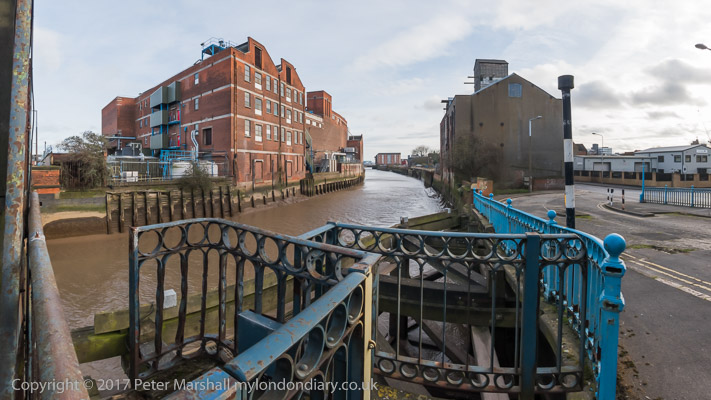
The River Hull splits the city of Kingston upon Hull in two, with 13 bridges inside the city limits, all of which can be lifted or swung to allow navigation.
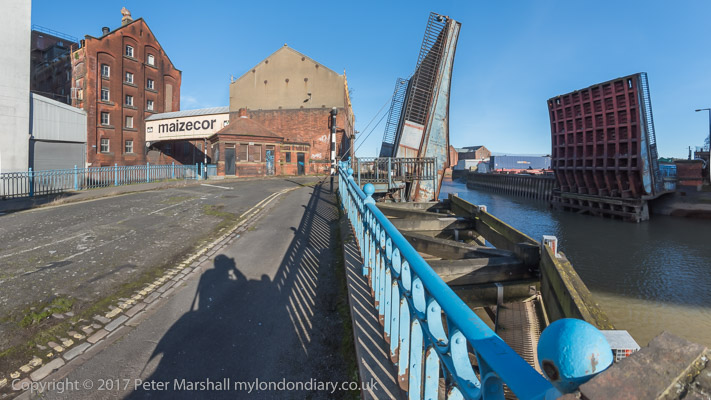
Shamefully despite its Grade II listing the City gave itself permission to demolish one of the, the Scott Street bridge (most of the pictures in this post are of it or from it.). It had been permanently raised since 1994, allowed to rot by the city authorities – which was brought to national attention by Banksy in early 2018 with his “Draw The Raised Bridge!” which may have been inspired by Open Bridges.
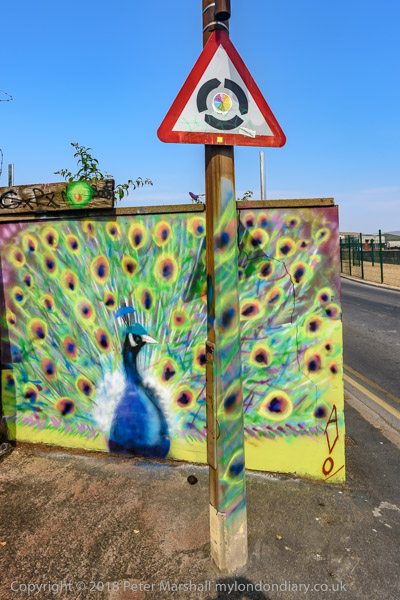
As well as drawing attention to the scandal of the bridge and continuing a debate about freedom of movement which ‘Open Bridges’ had also drawn attention to, Banksy’s intervention also sparked an incredible display of activity by Hull’s own fine muralists in what became the Bankside Gallery.
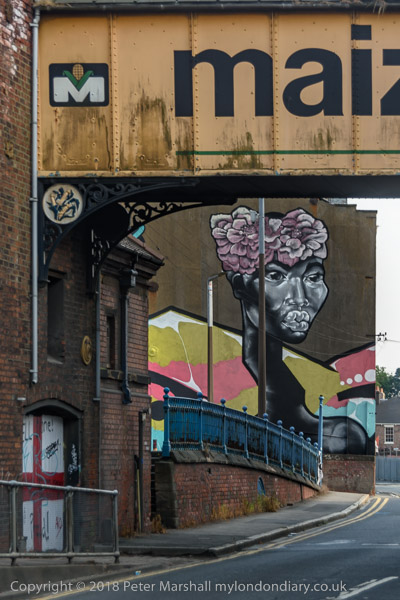
Anyway, at last I’ll get to the point. Here is a Facebook post by Lou Duffy-Howard on Friday 12th September:
” Today, Rich and I have launched a new Open Bridges project as part of Hull Heritage Open Days 2025 festival. Here is the link: https://openbridgeshull.com/hulls-river-bridges-25/
——————
“‘Hull’s River Bridges’ is an online tour of all the bridges over the River Hull, past & present, inside & out. It explores the history of the bridges with previously unpublished original architectural plans and photographs, contemporary art and personal memories & stories.”
“There are contributions from many people. If you have a browse, we hope you enjoy it. And if you’d like to share it or pass on the link to anyone who might be interested we’d be grateful.”
I’m proud to have some of my pictures again used in this project, particularly one of that scandalously lost Scott Street bridge. As well as photographs the site also has, maps and engineering drawings and a great deal more information about the bridges across the river and some of the people involved – including a portofolio of some of my work including my writing about the pictures featured.
In this post I’ve deliberately pictures which are not on the new web site – so do click on the links above to see more there – and of course not just my work.
Flickr – Facebook – My London Diary – Hull Photos – Lea Valley – Paris
London’s Industrial Heritage – London Photos
All photographs on this page are copyright © Peter Marshall.
Contact me to buy prints or licence to reproduce.





